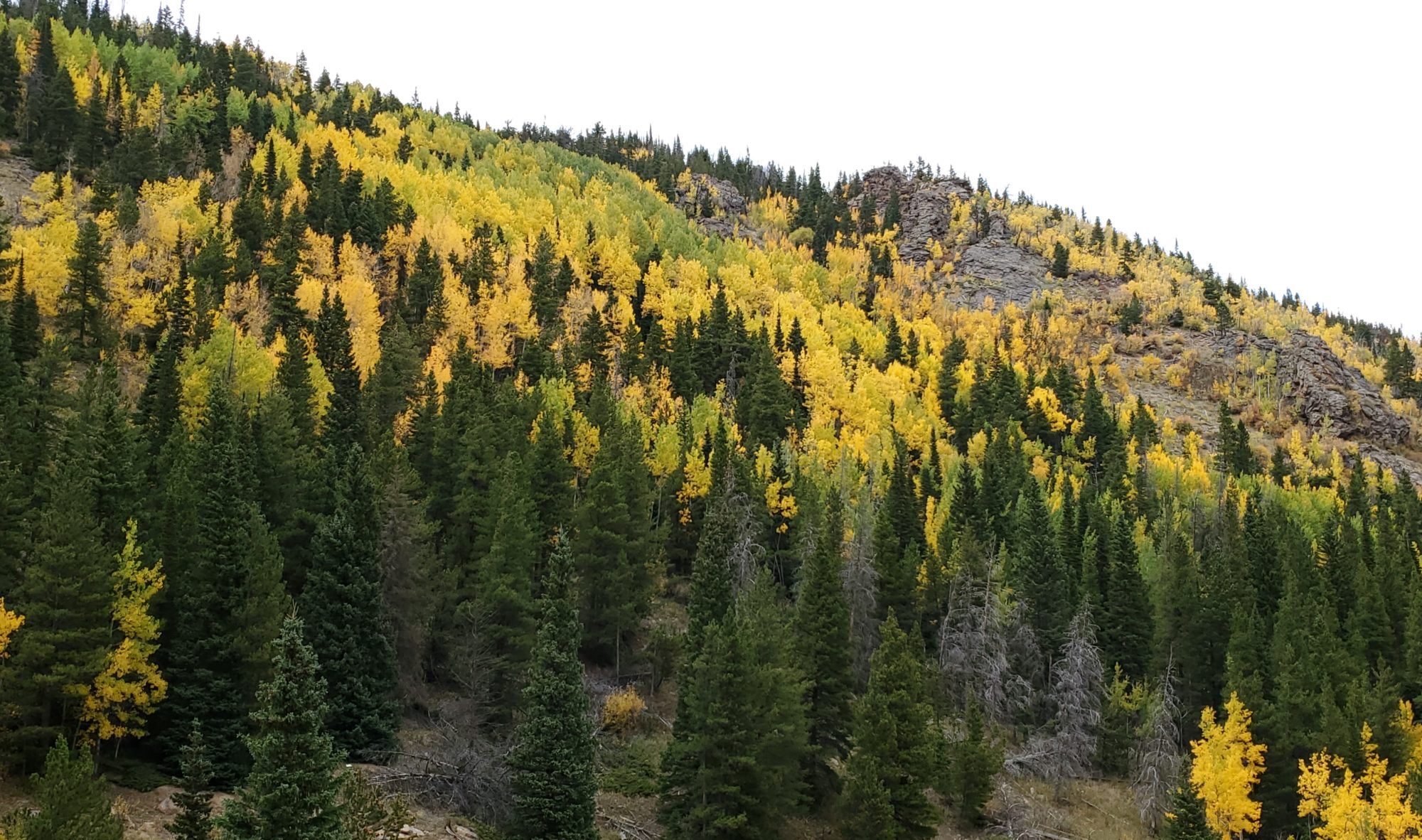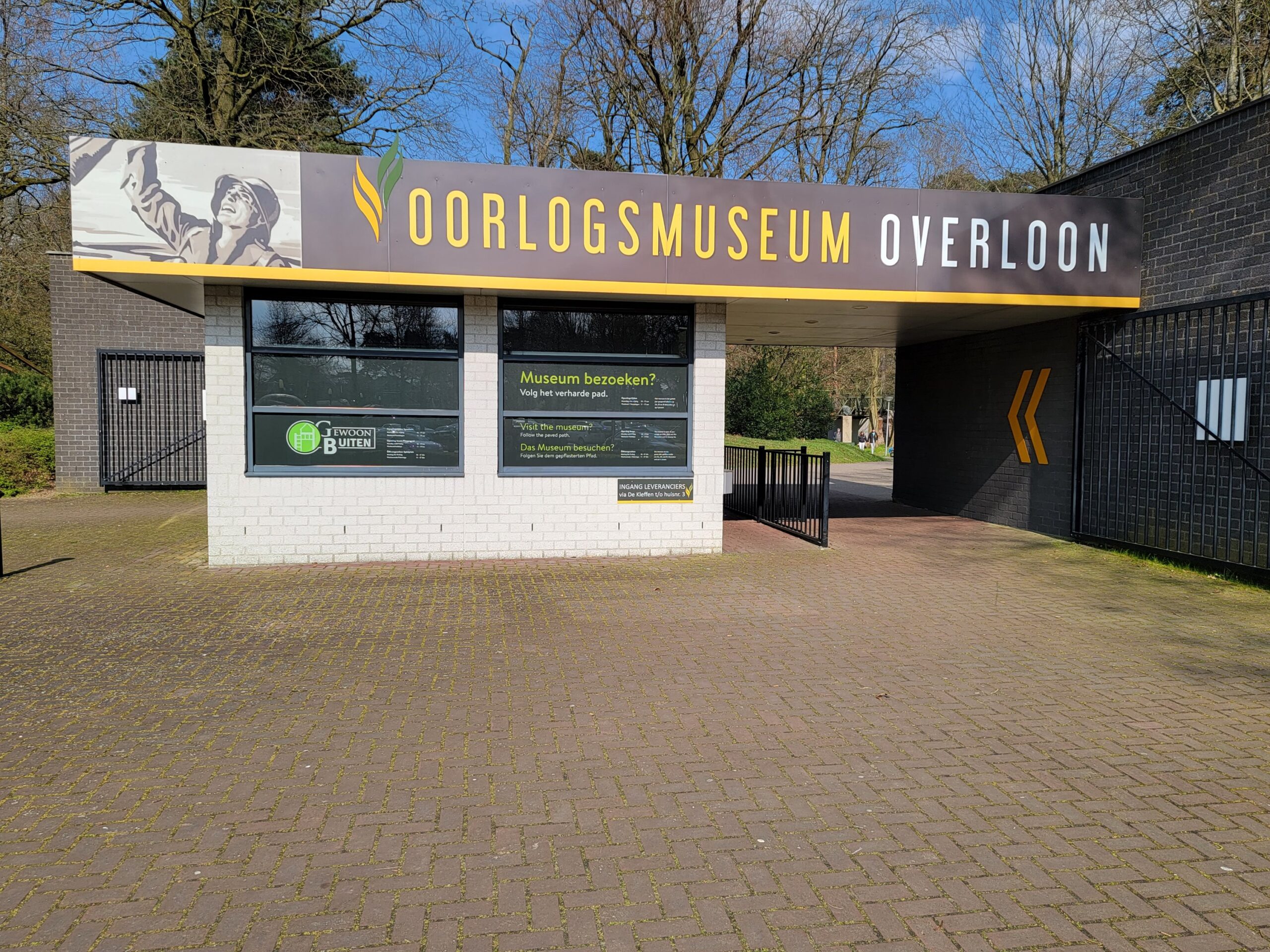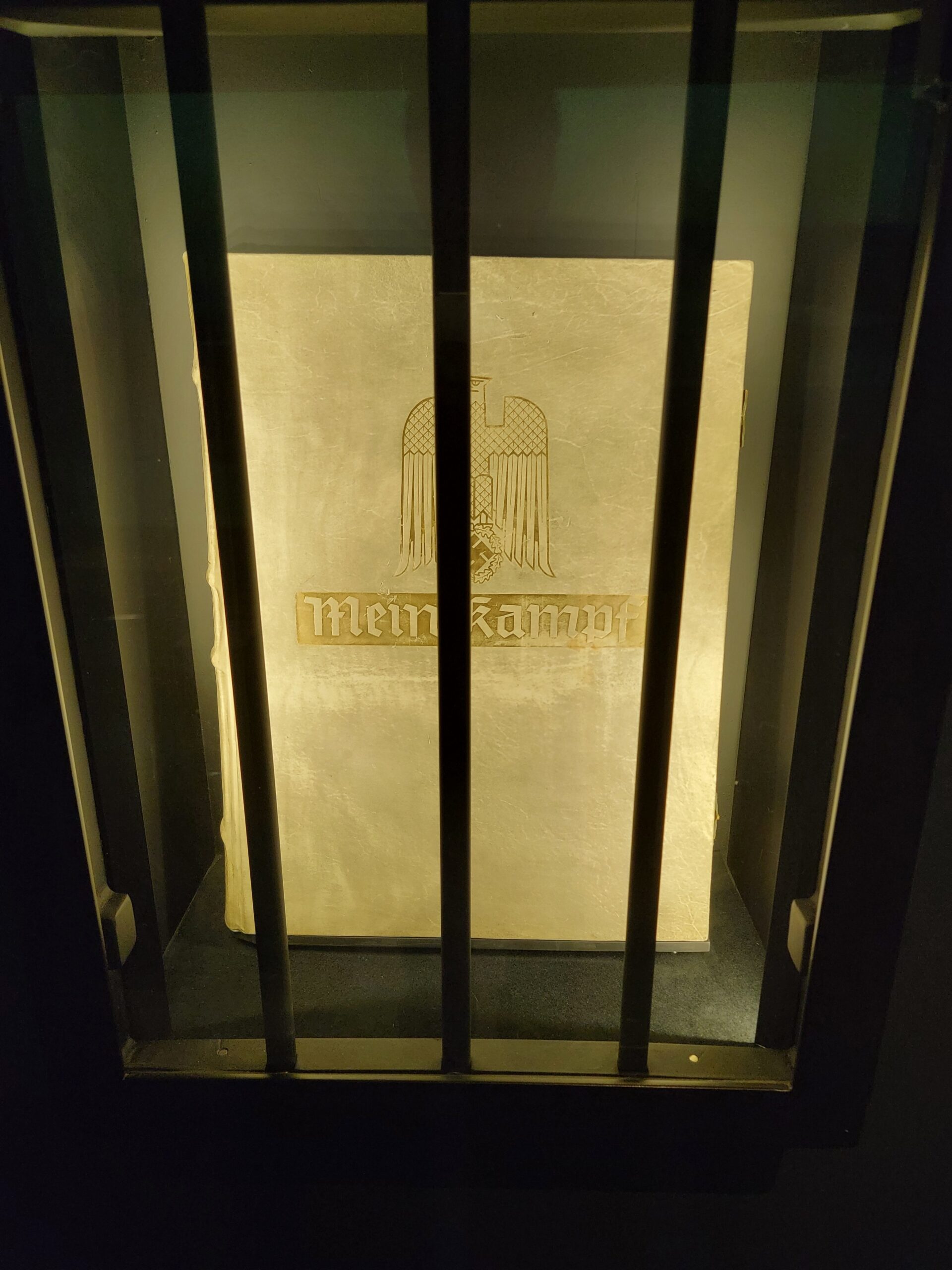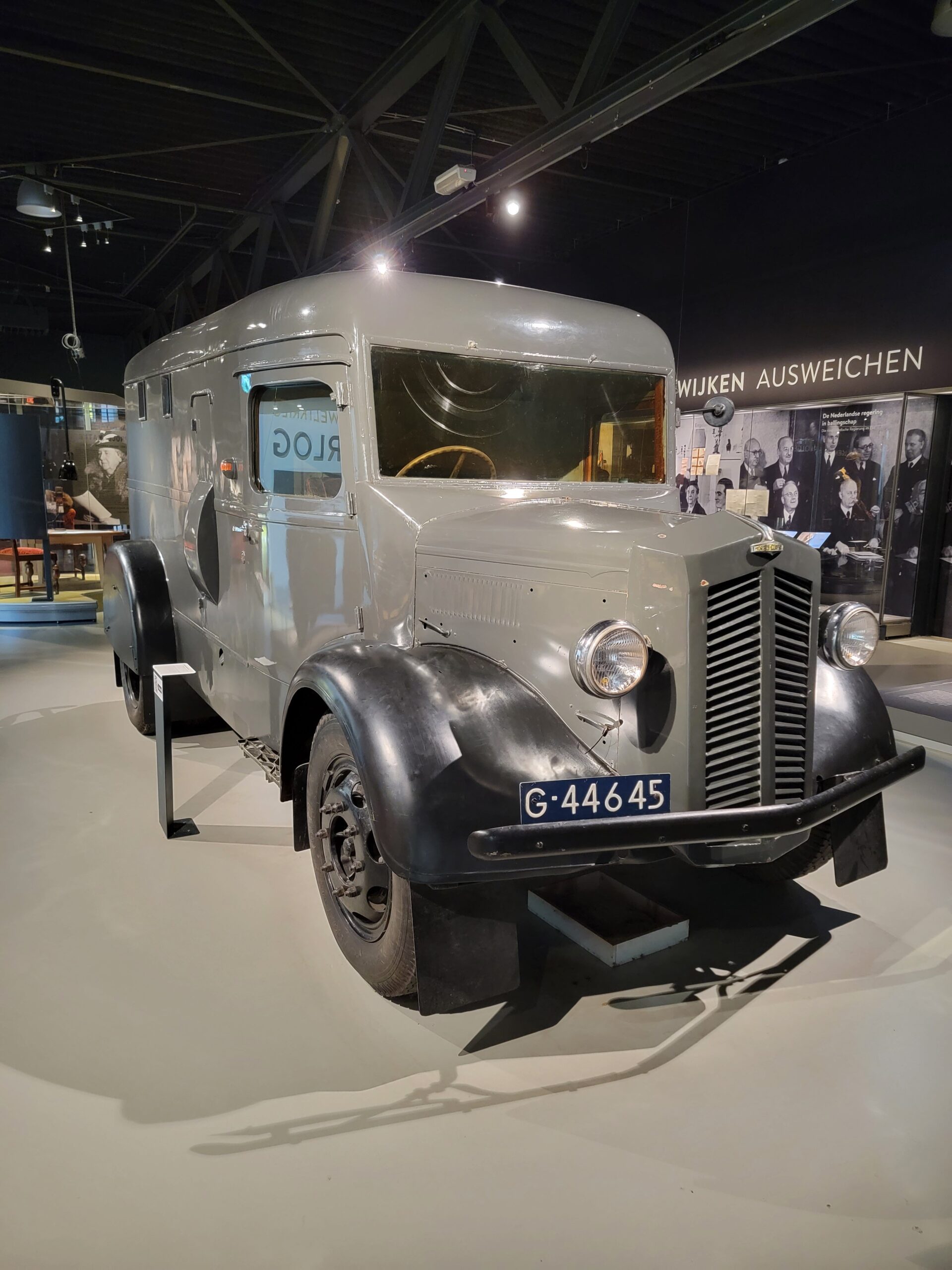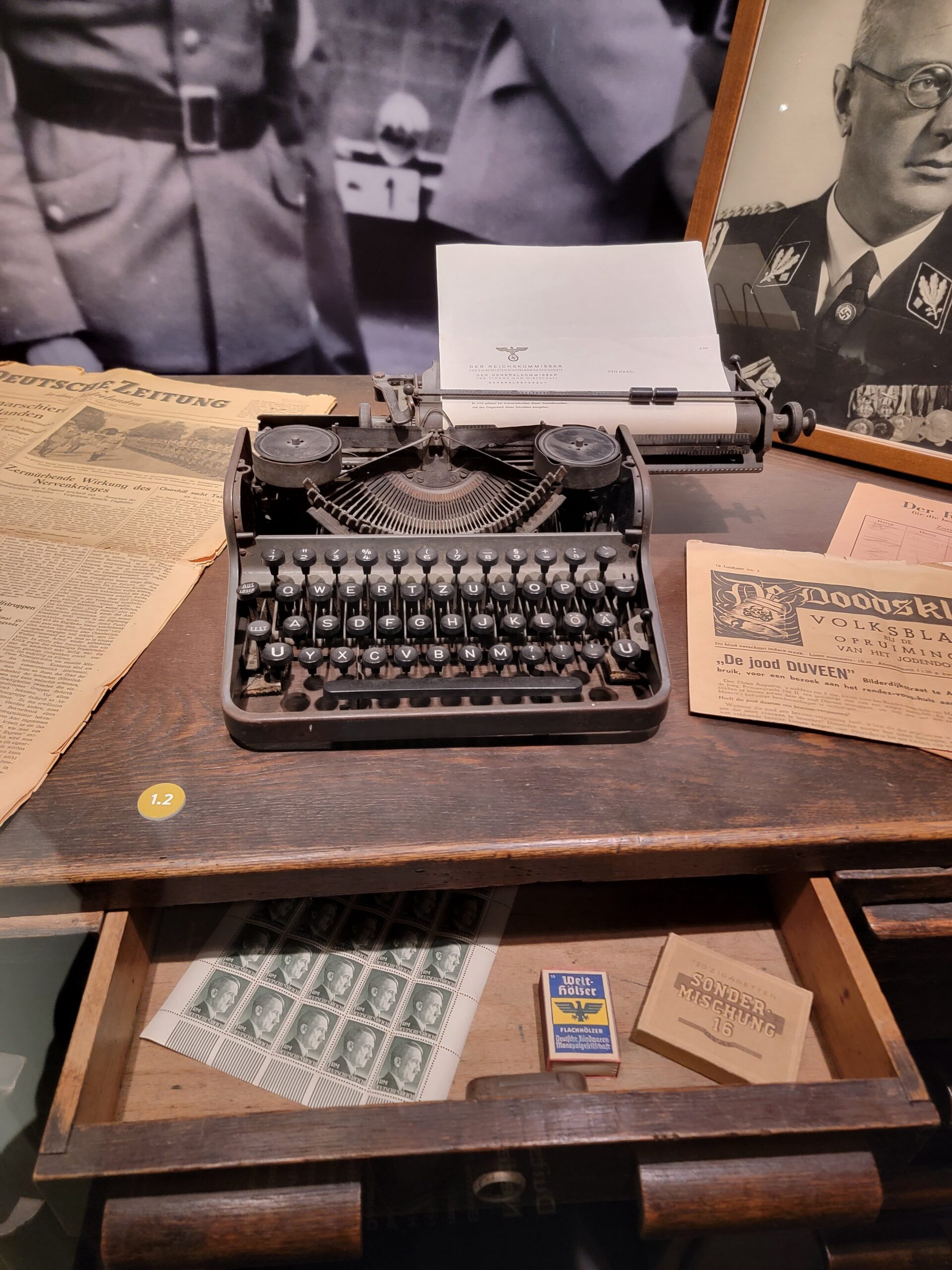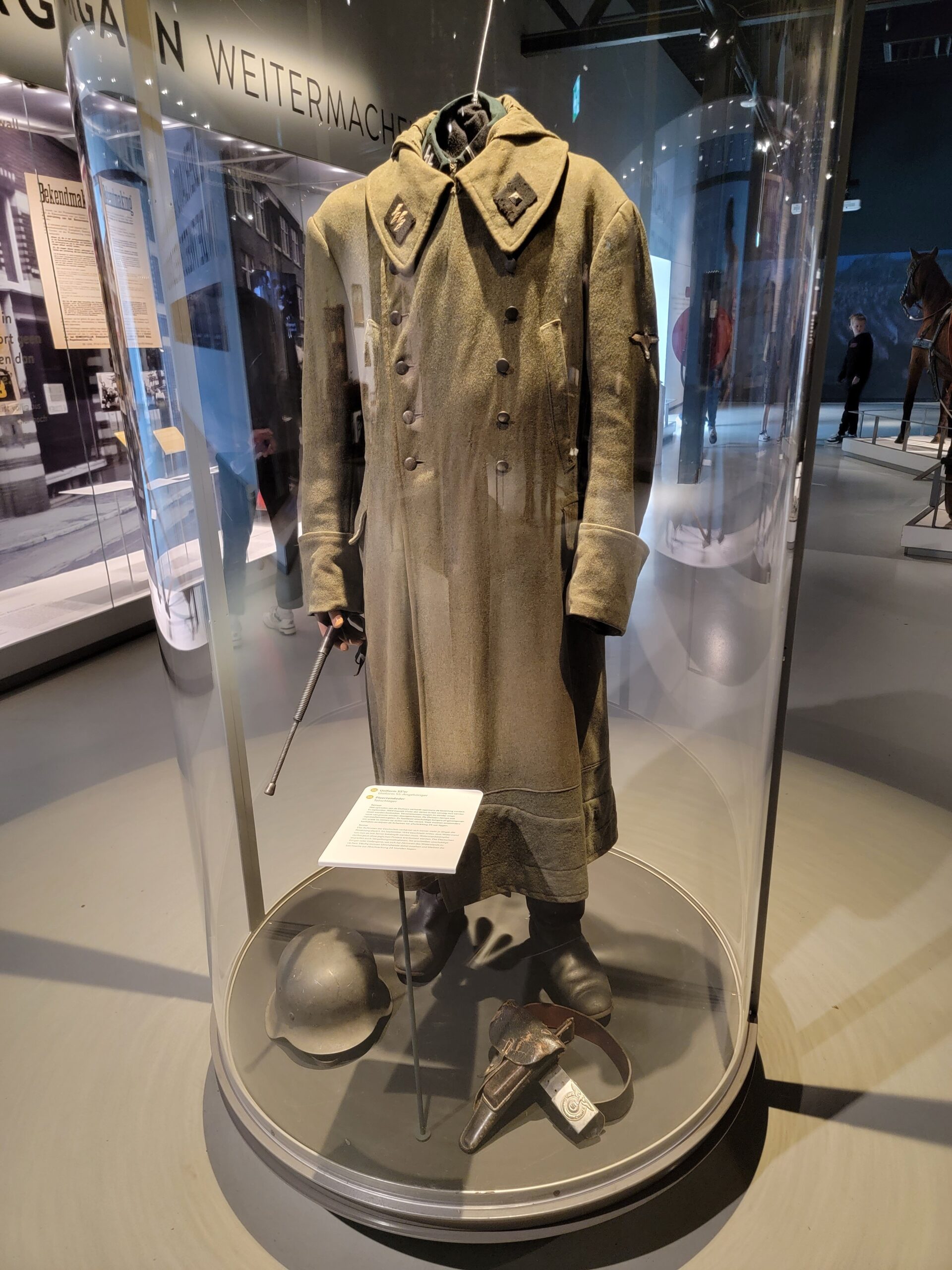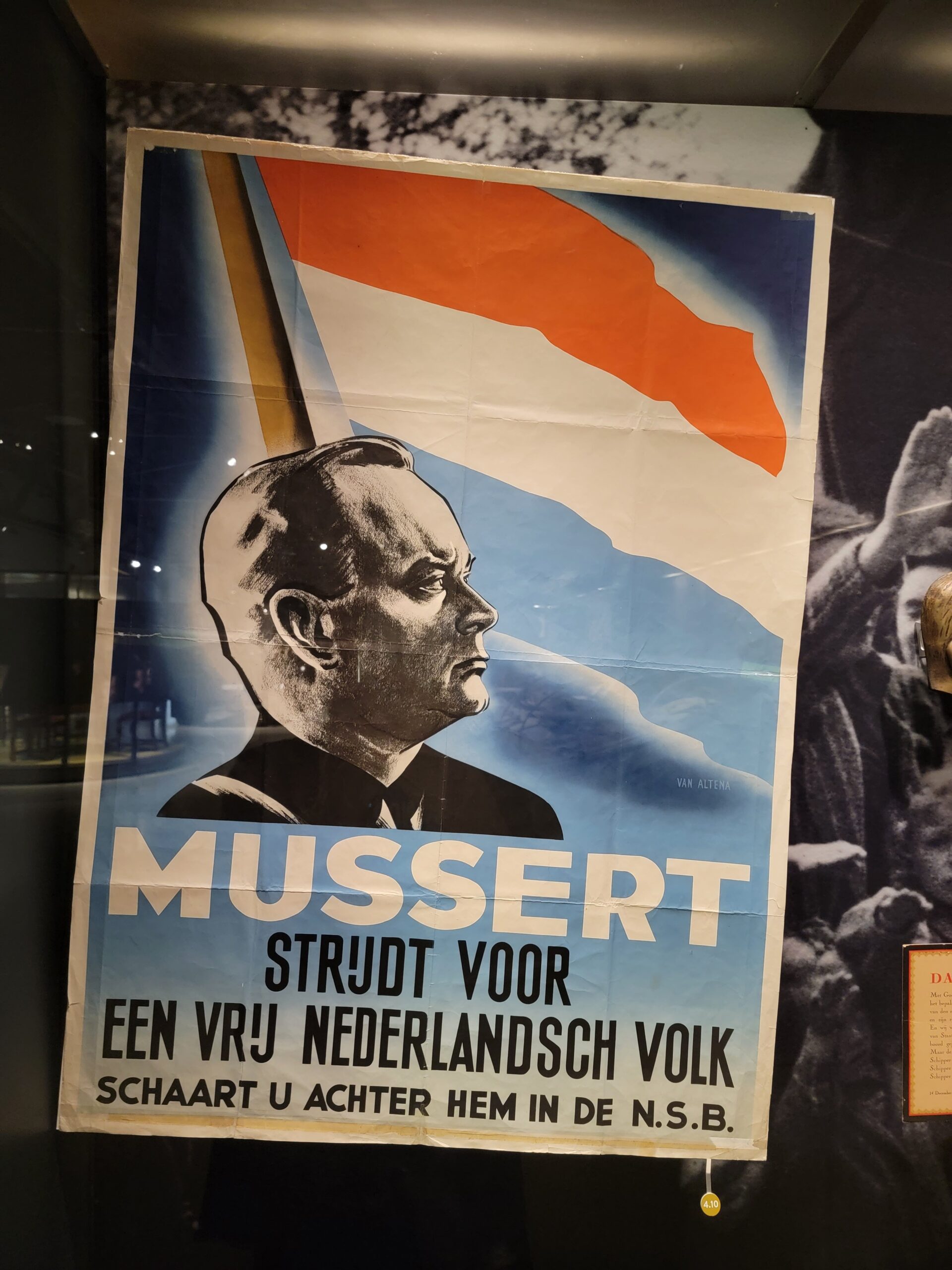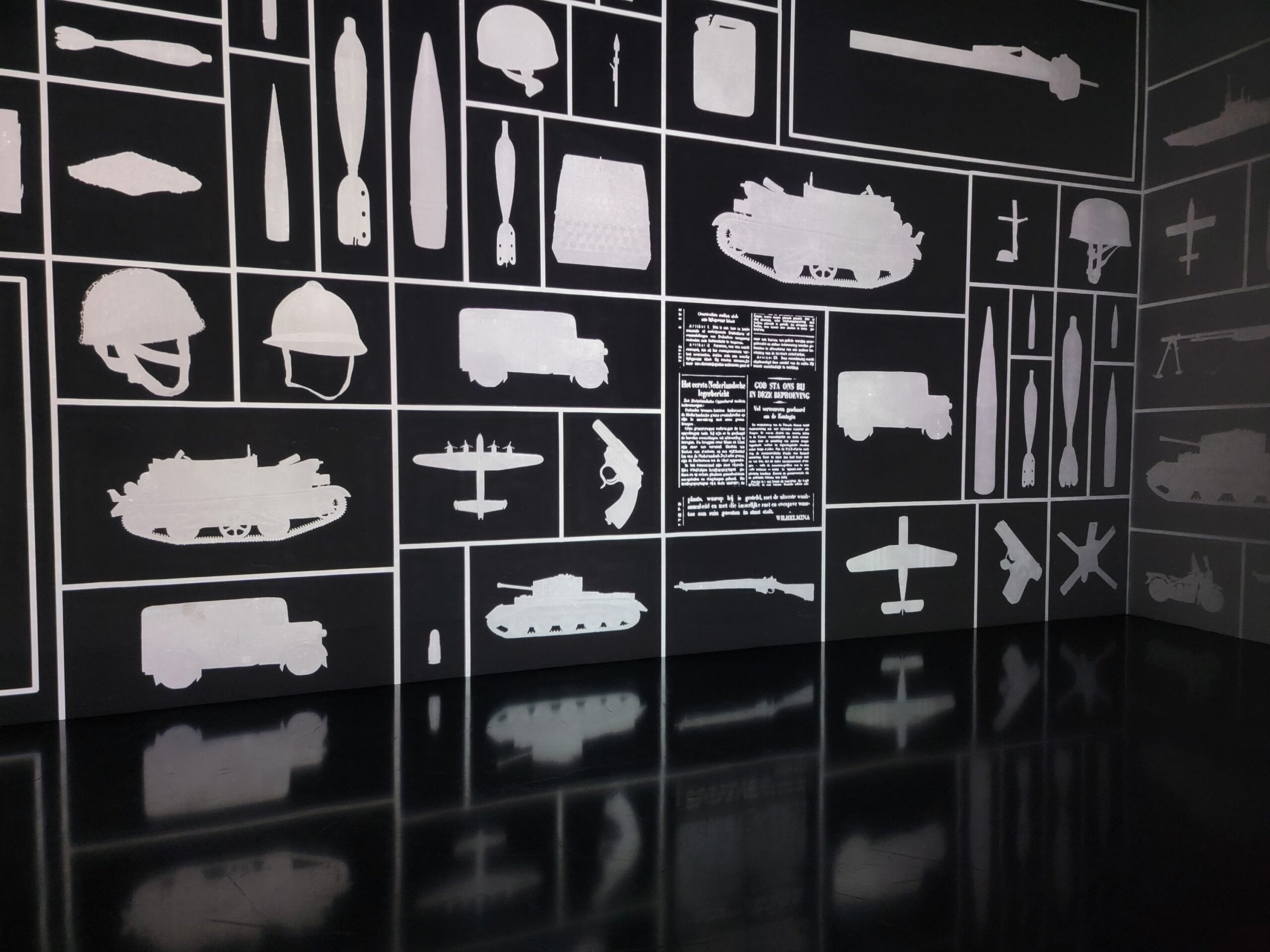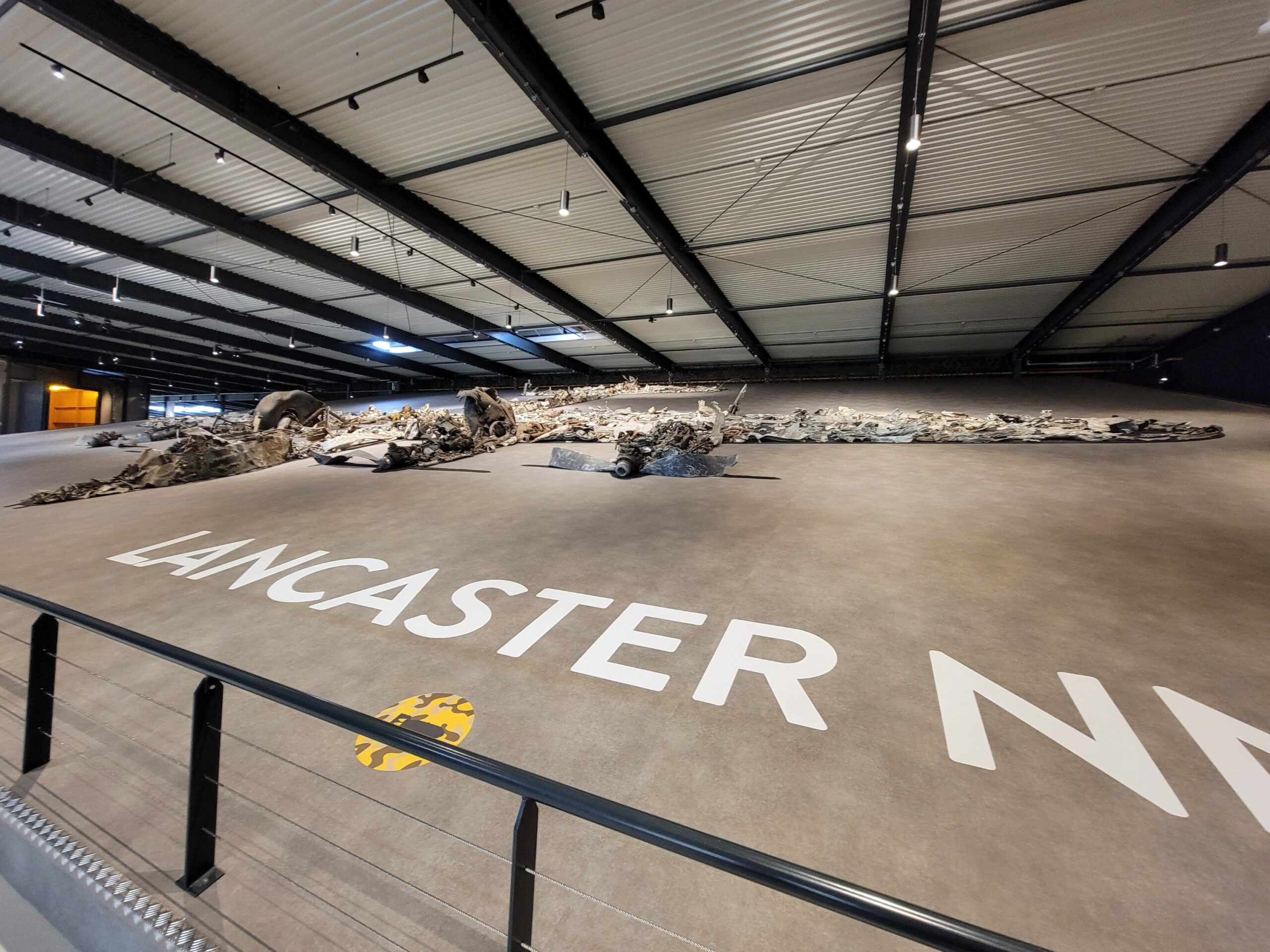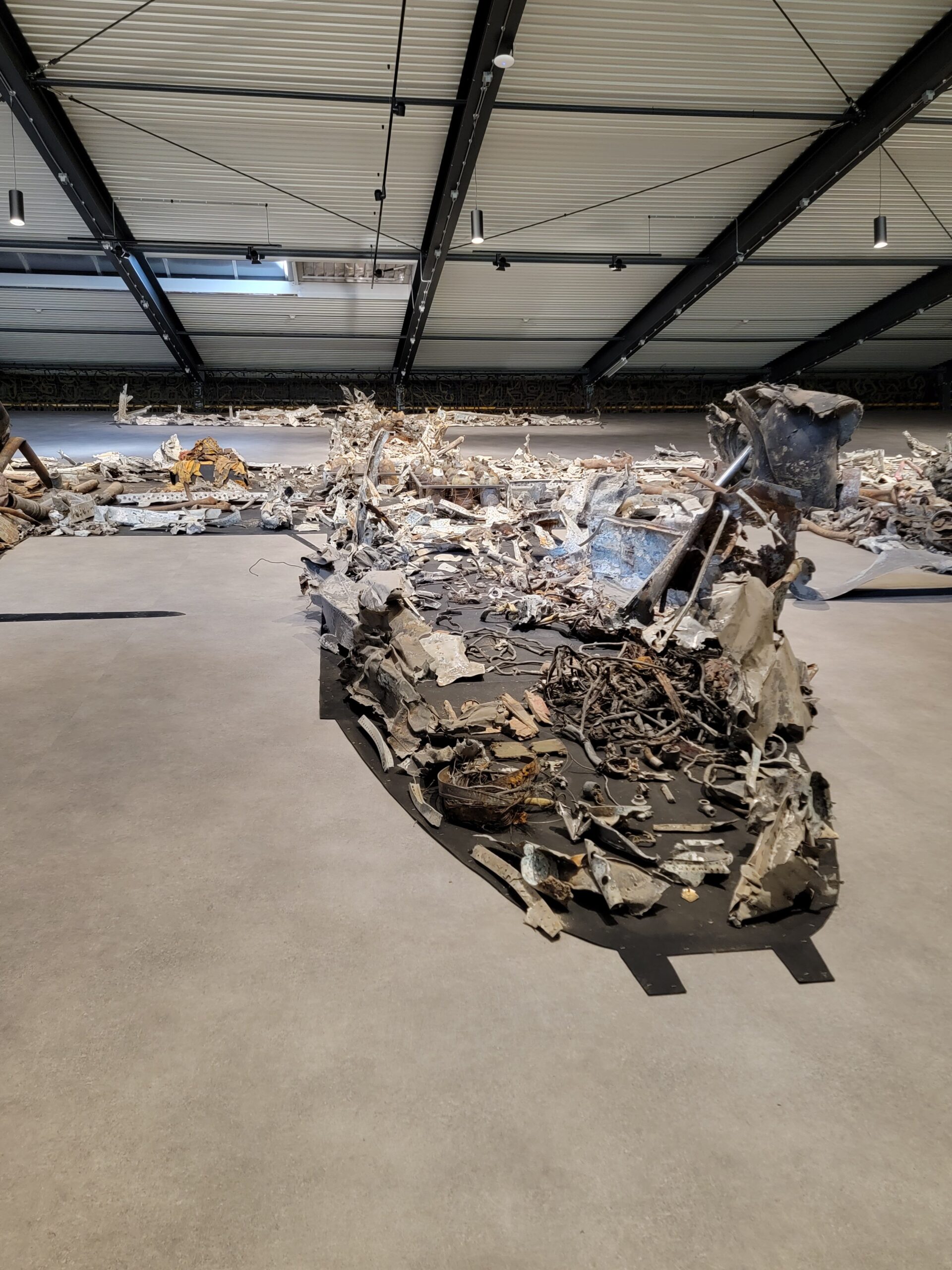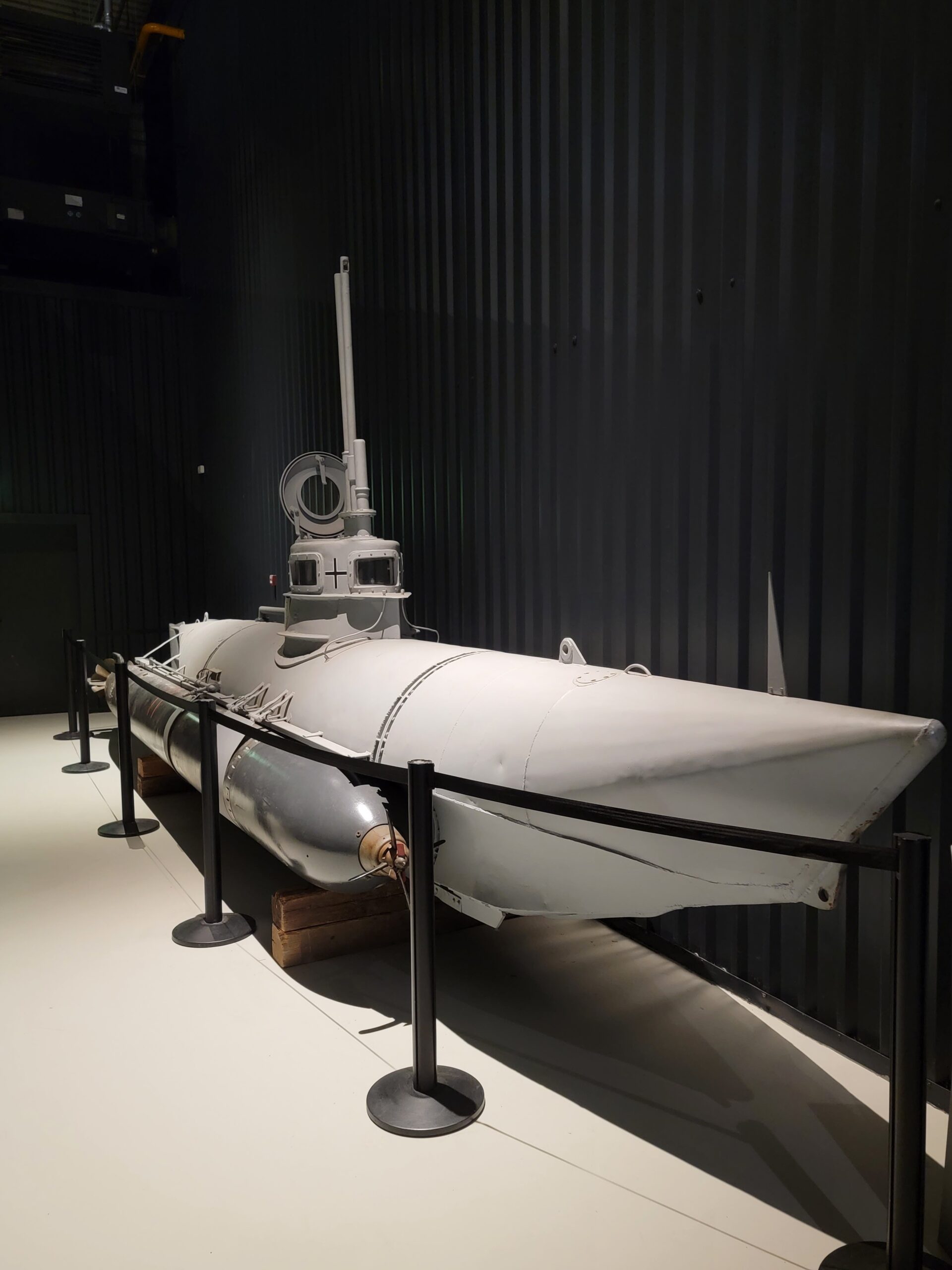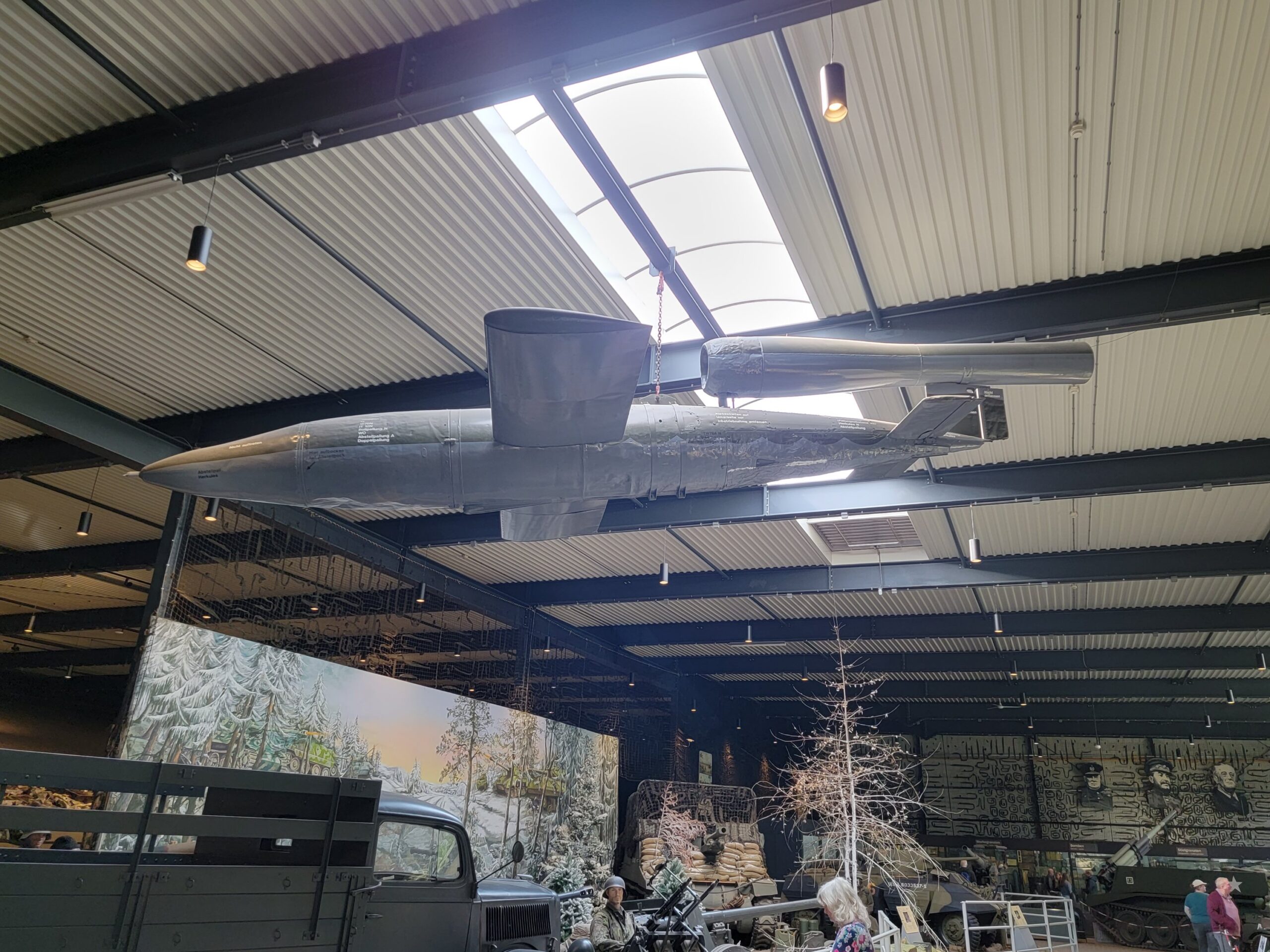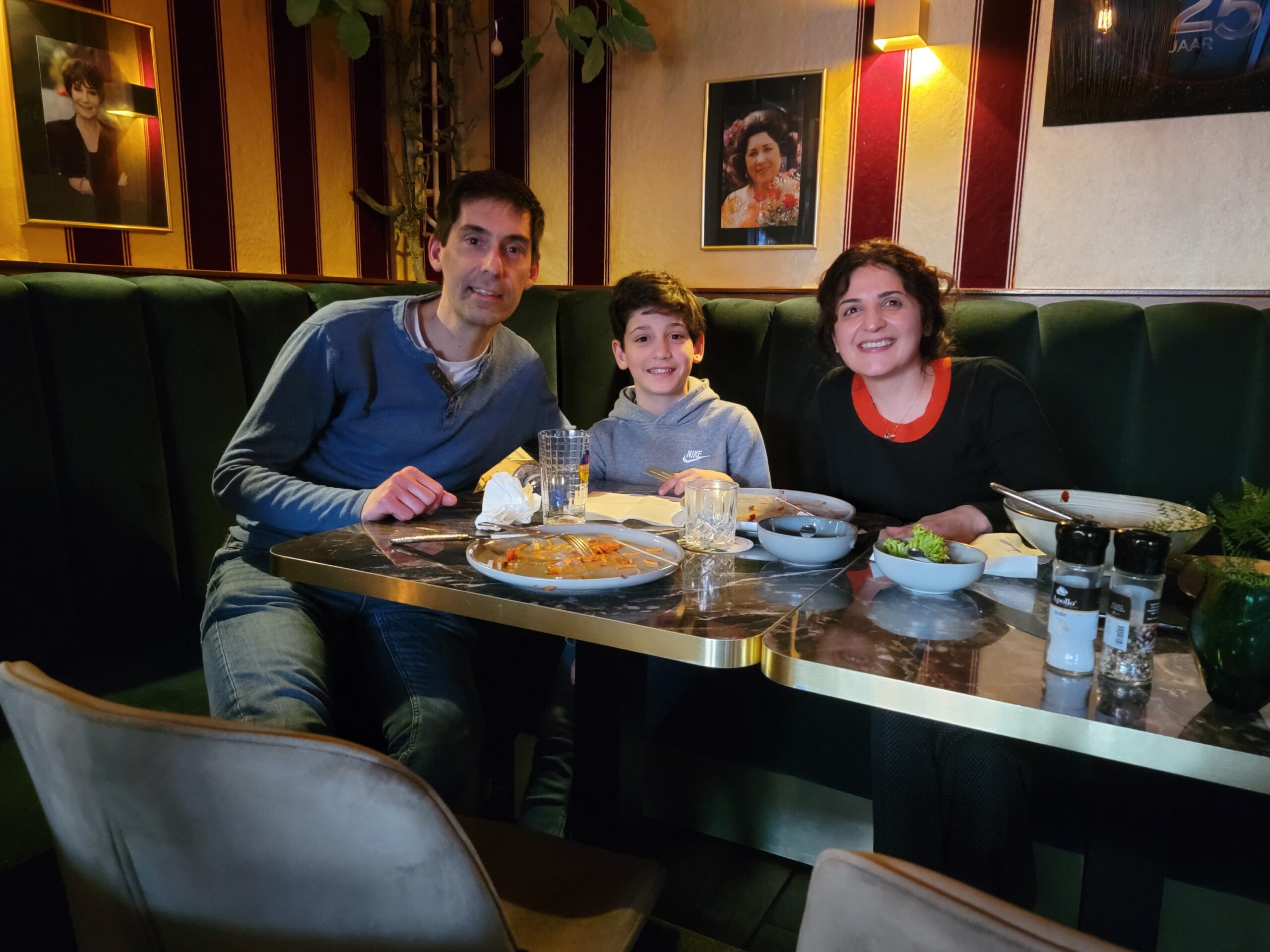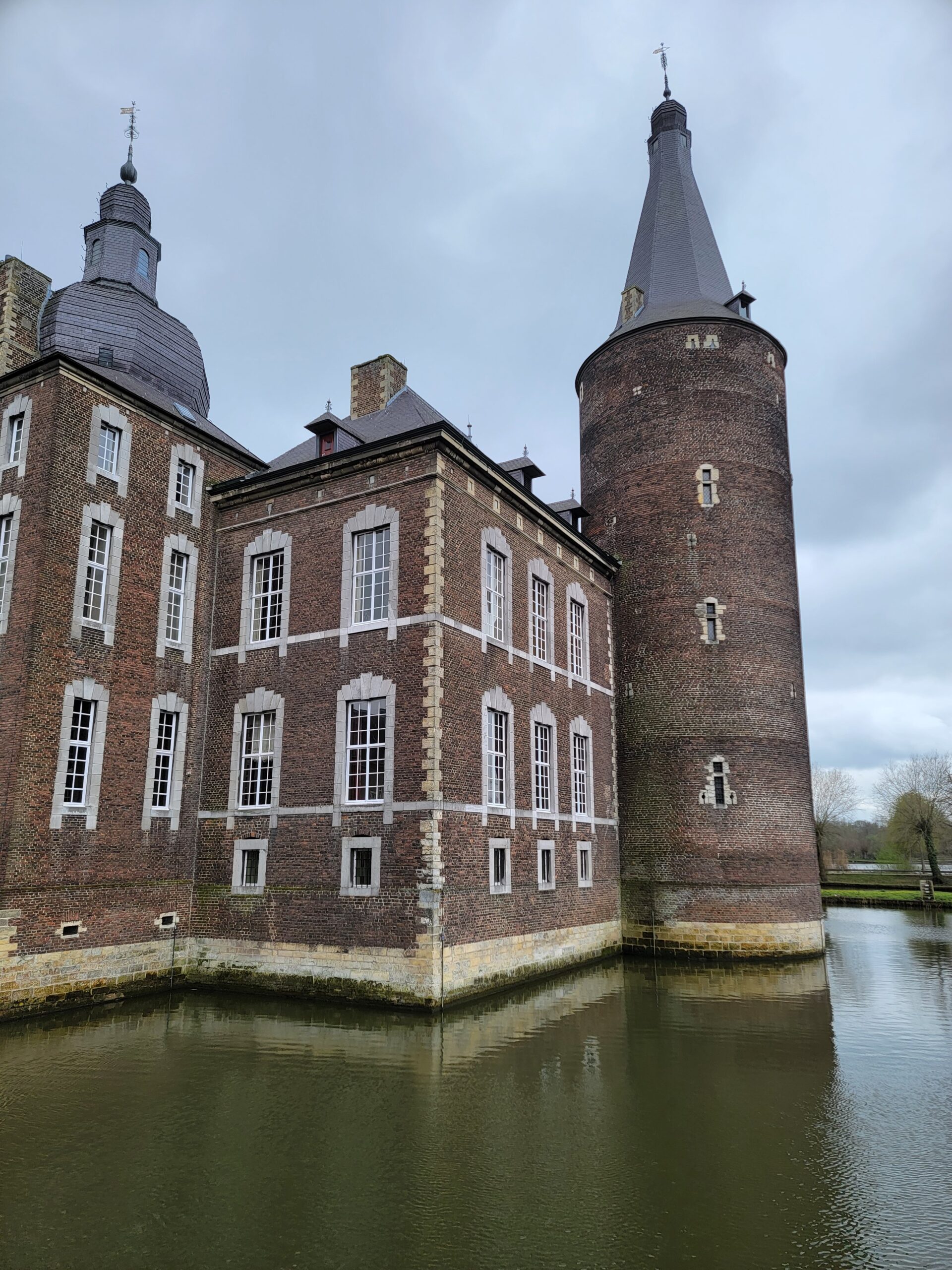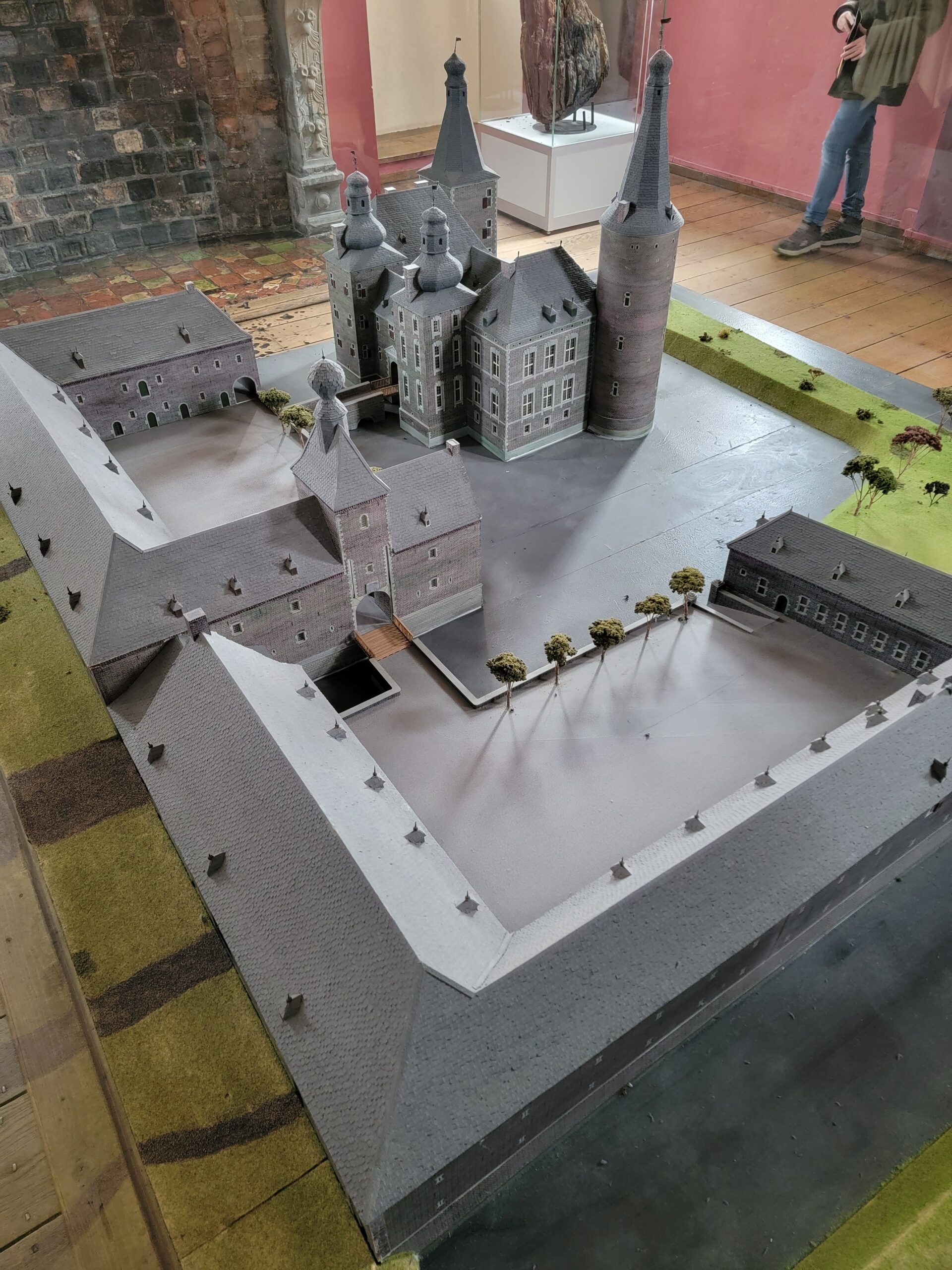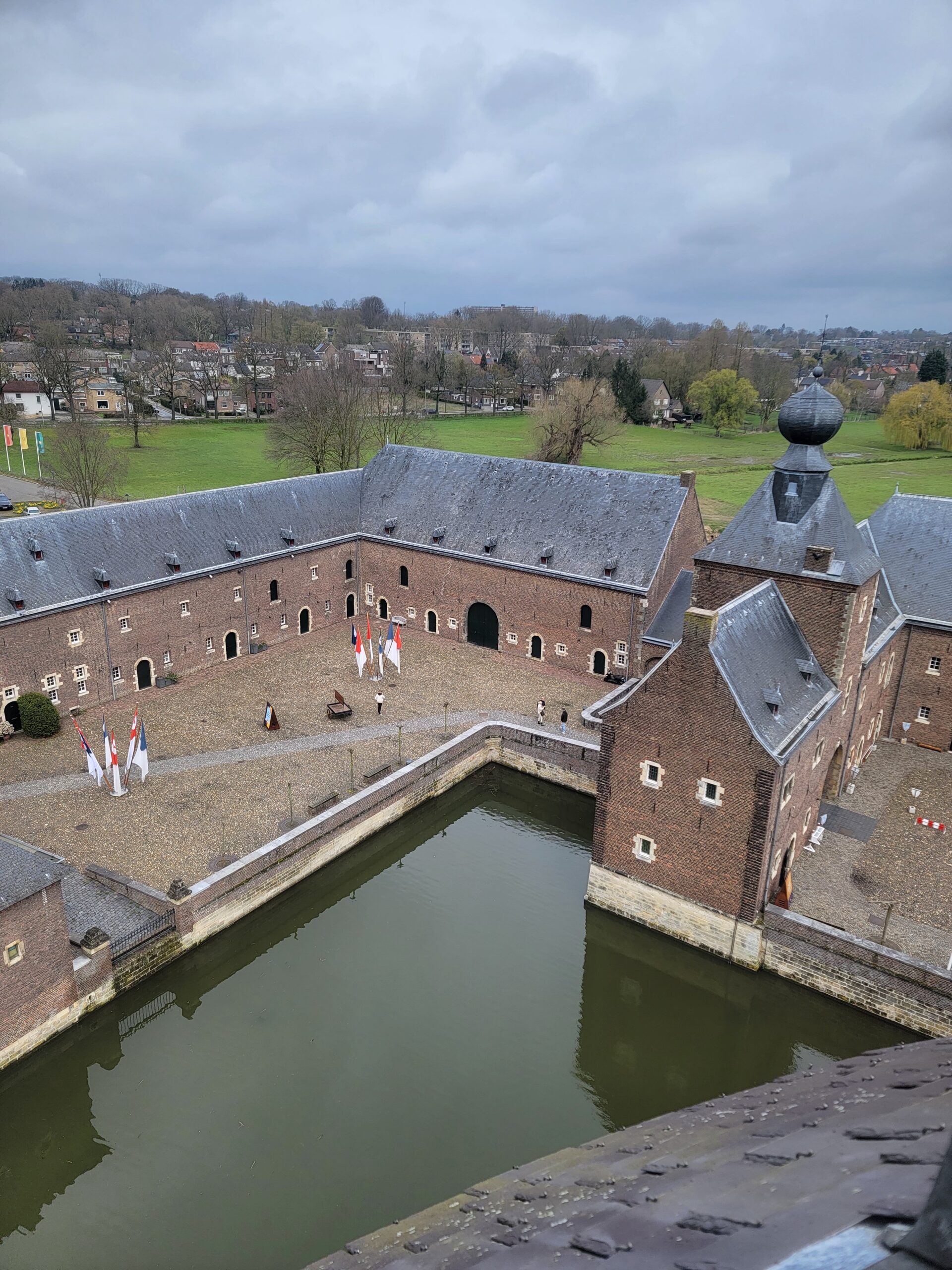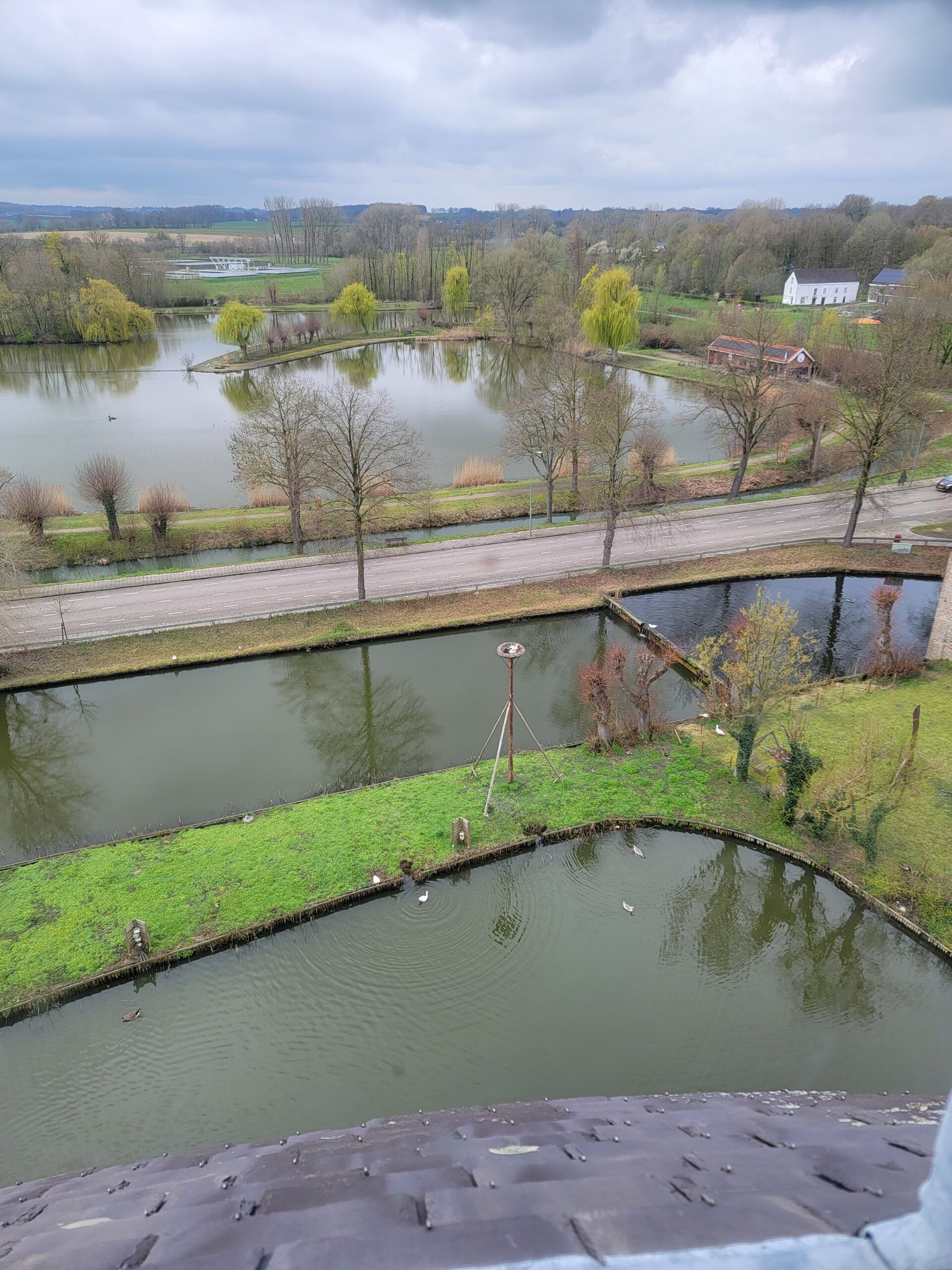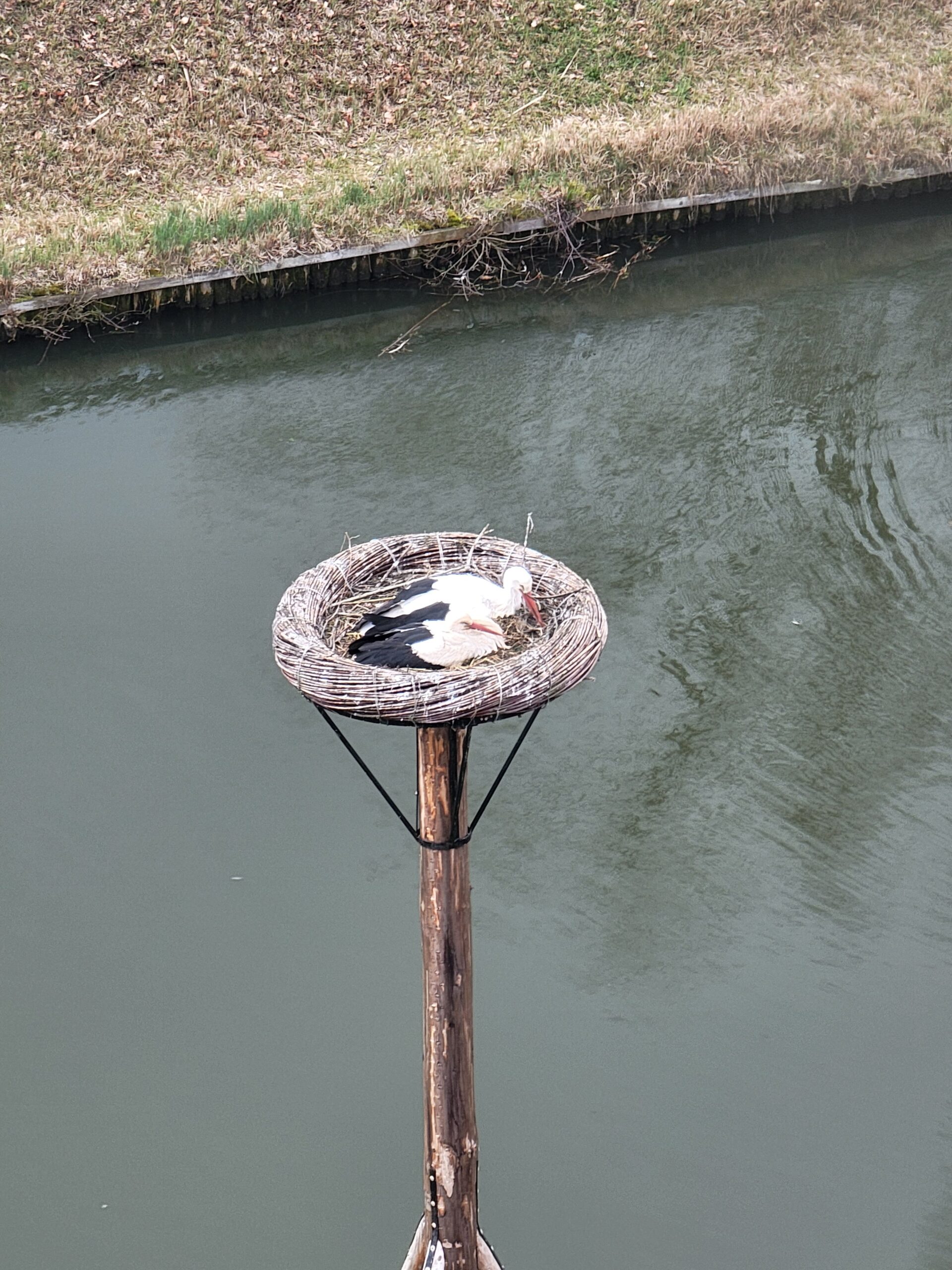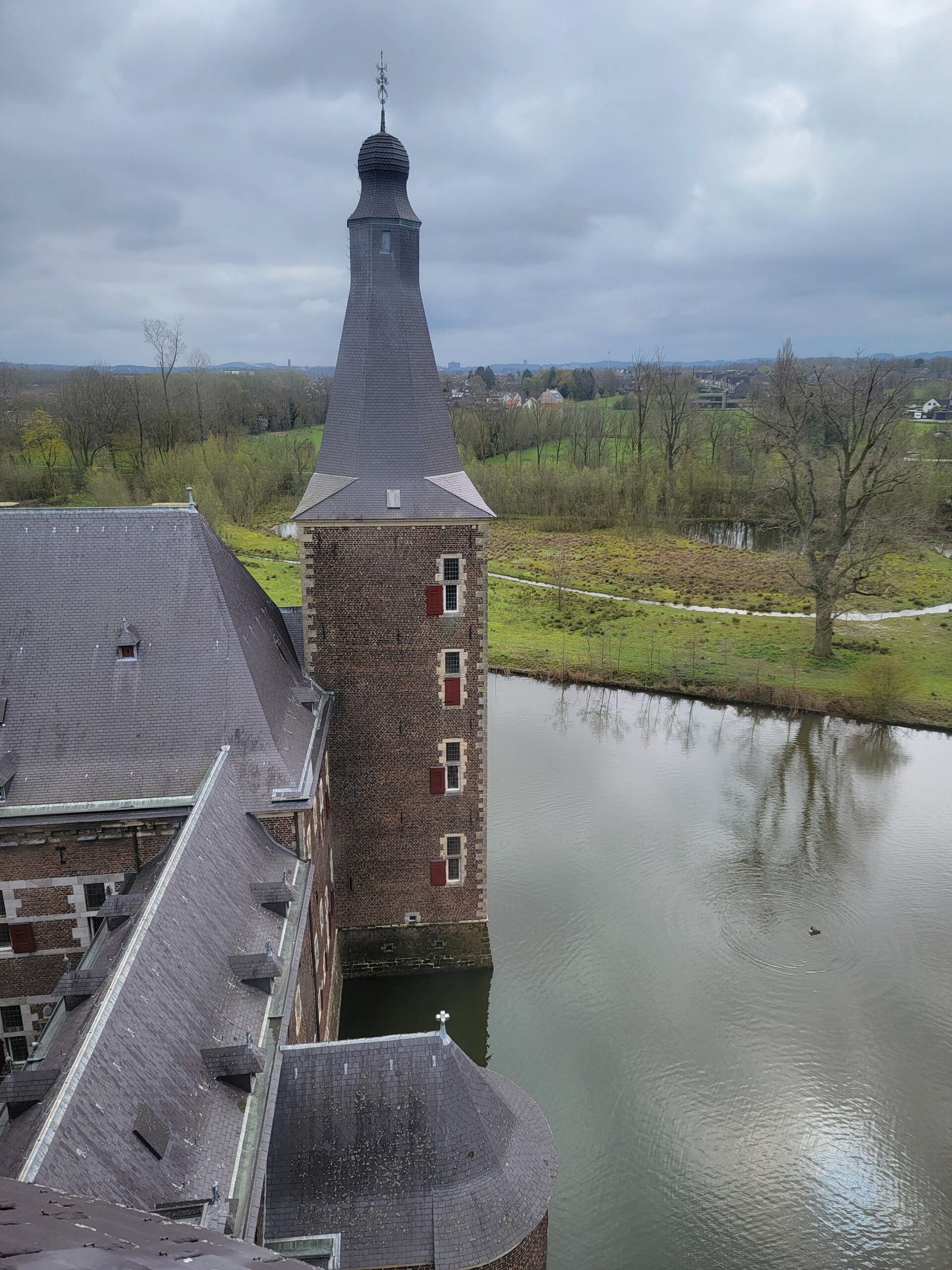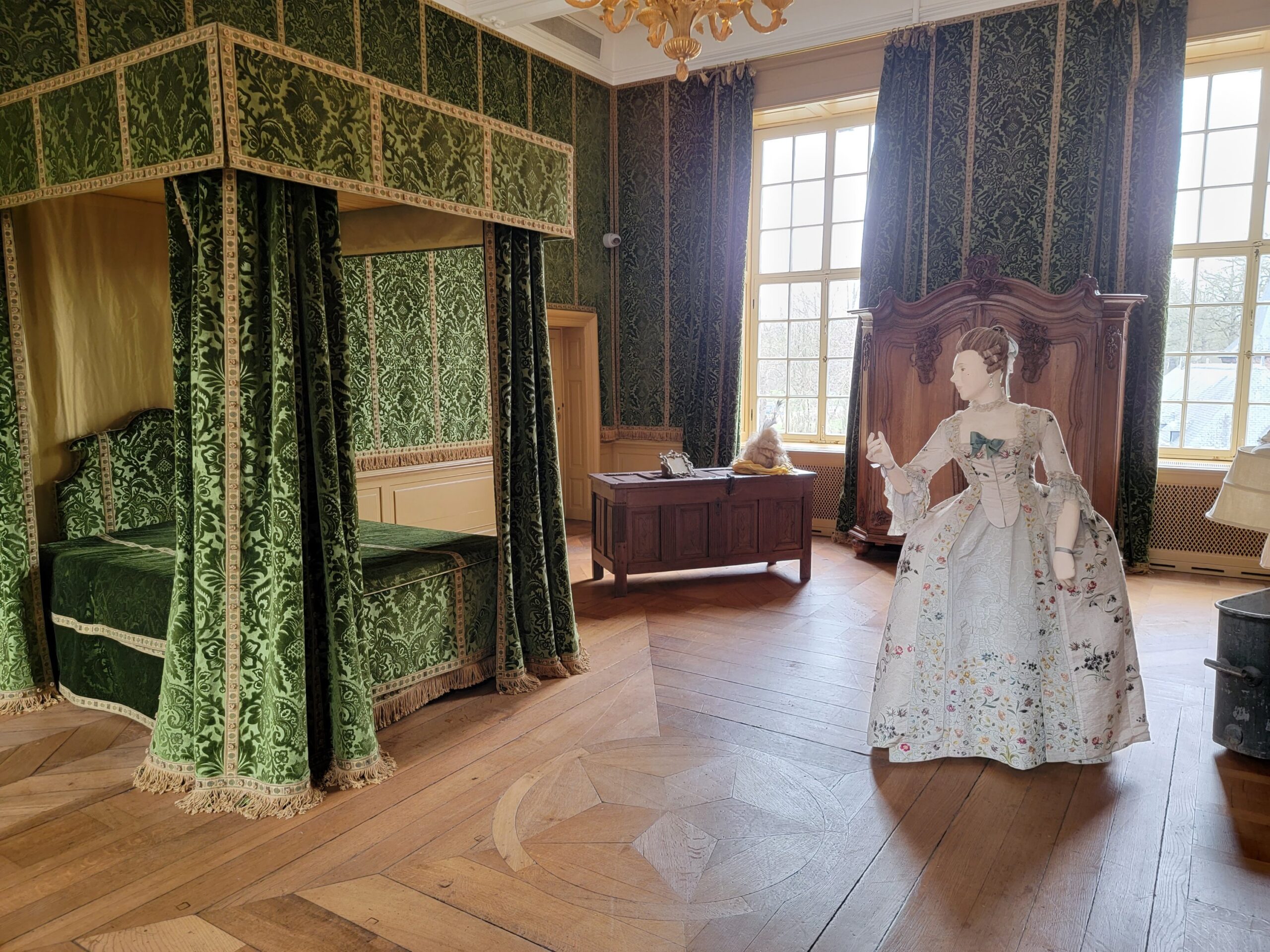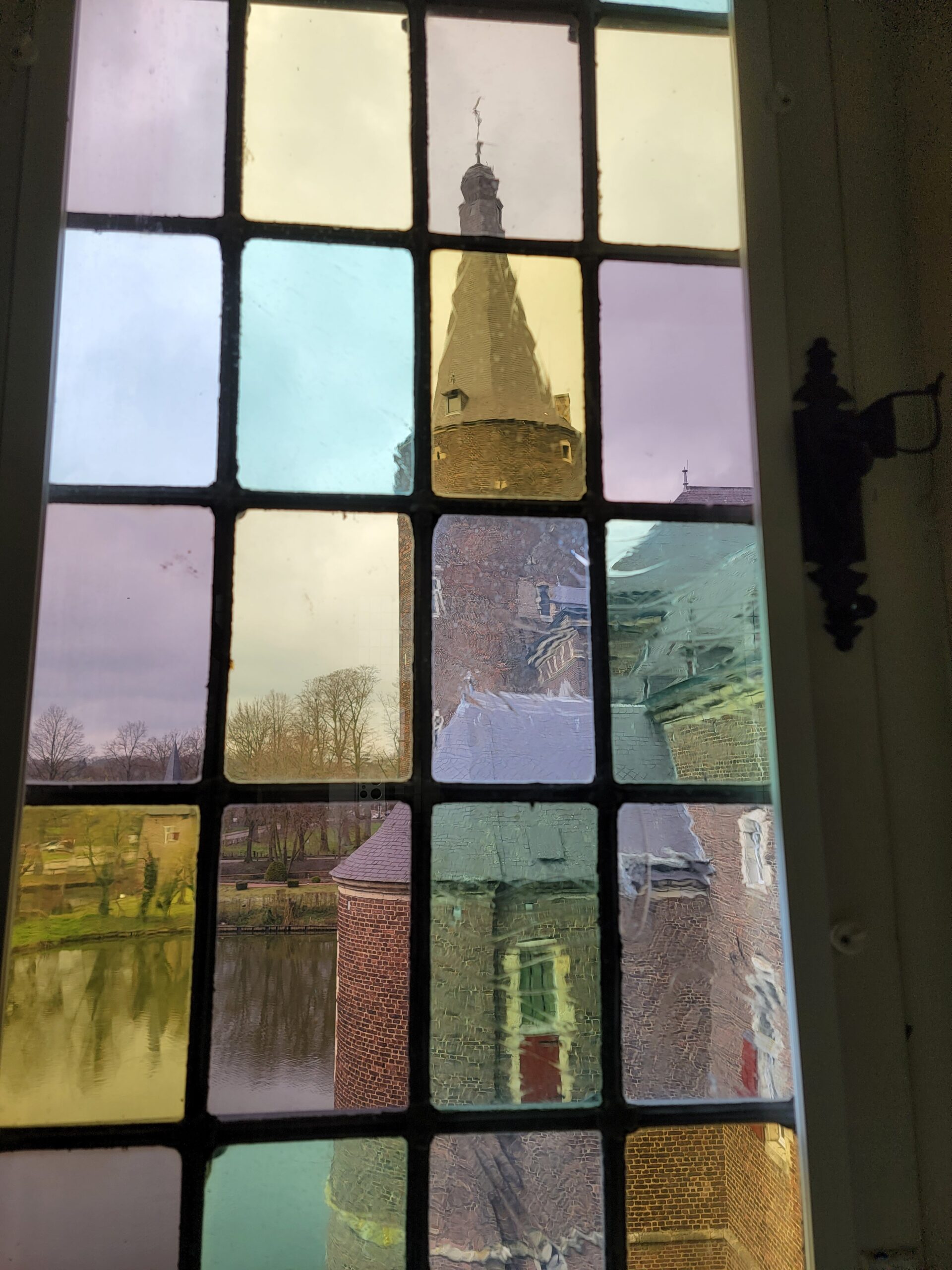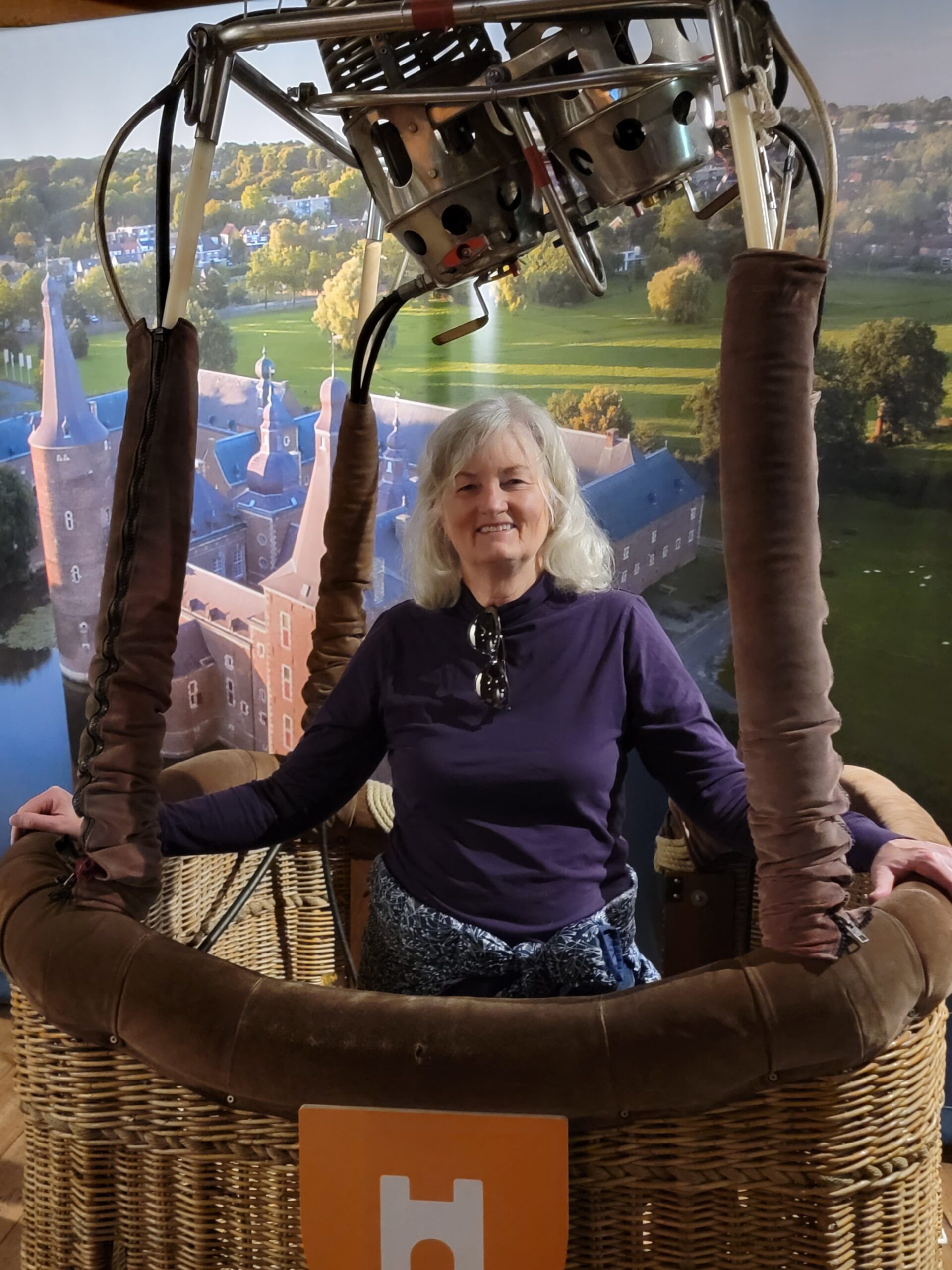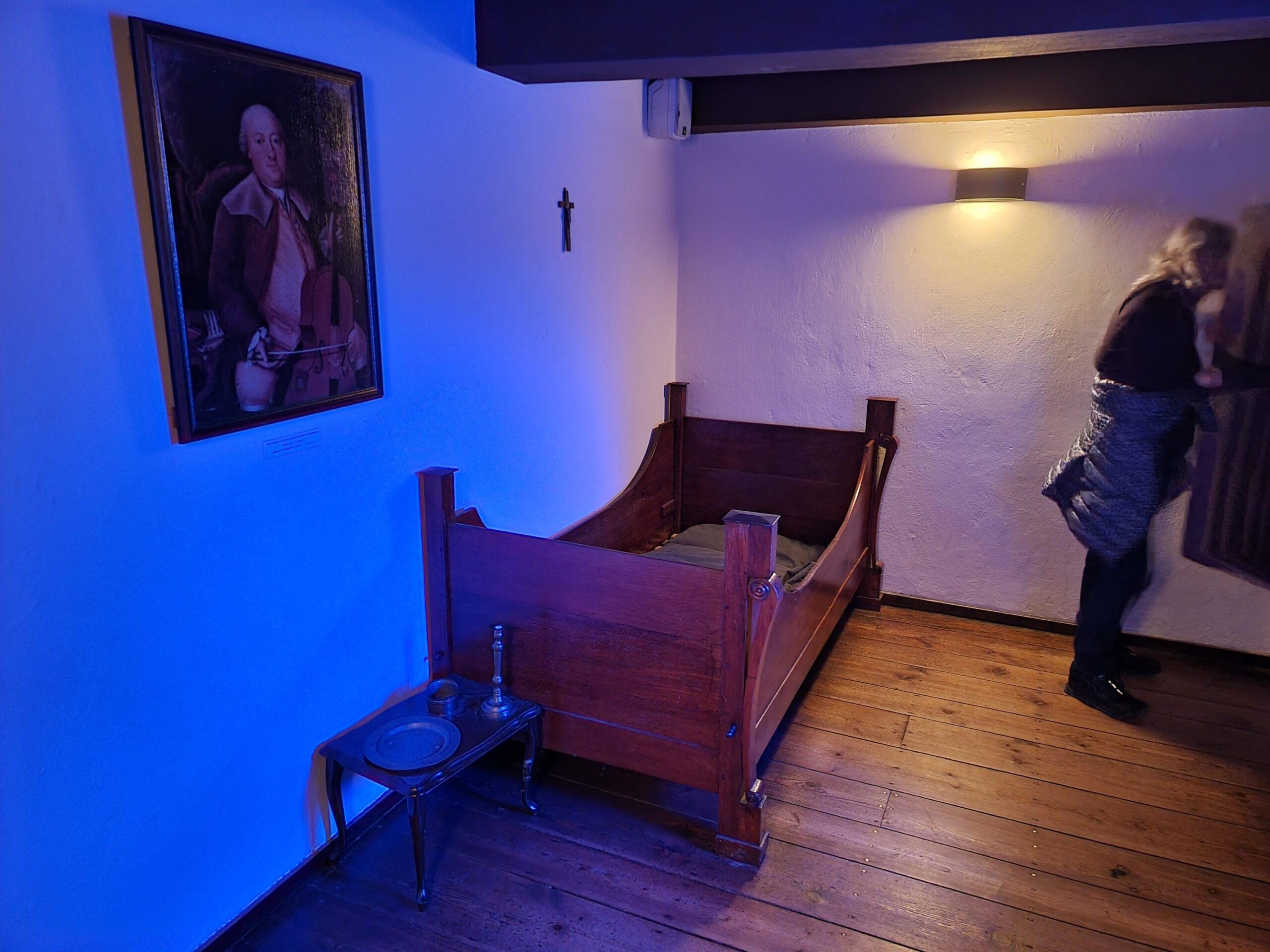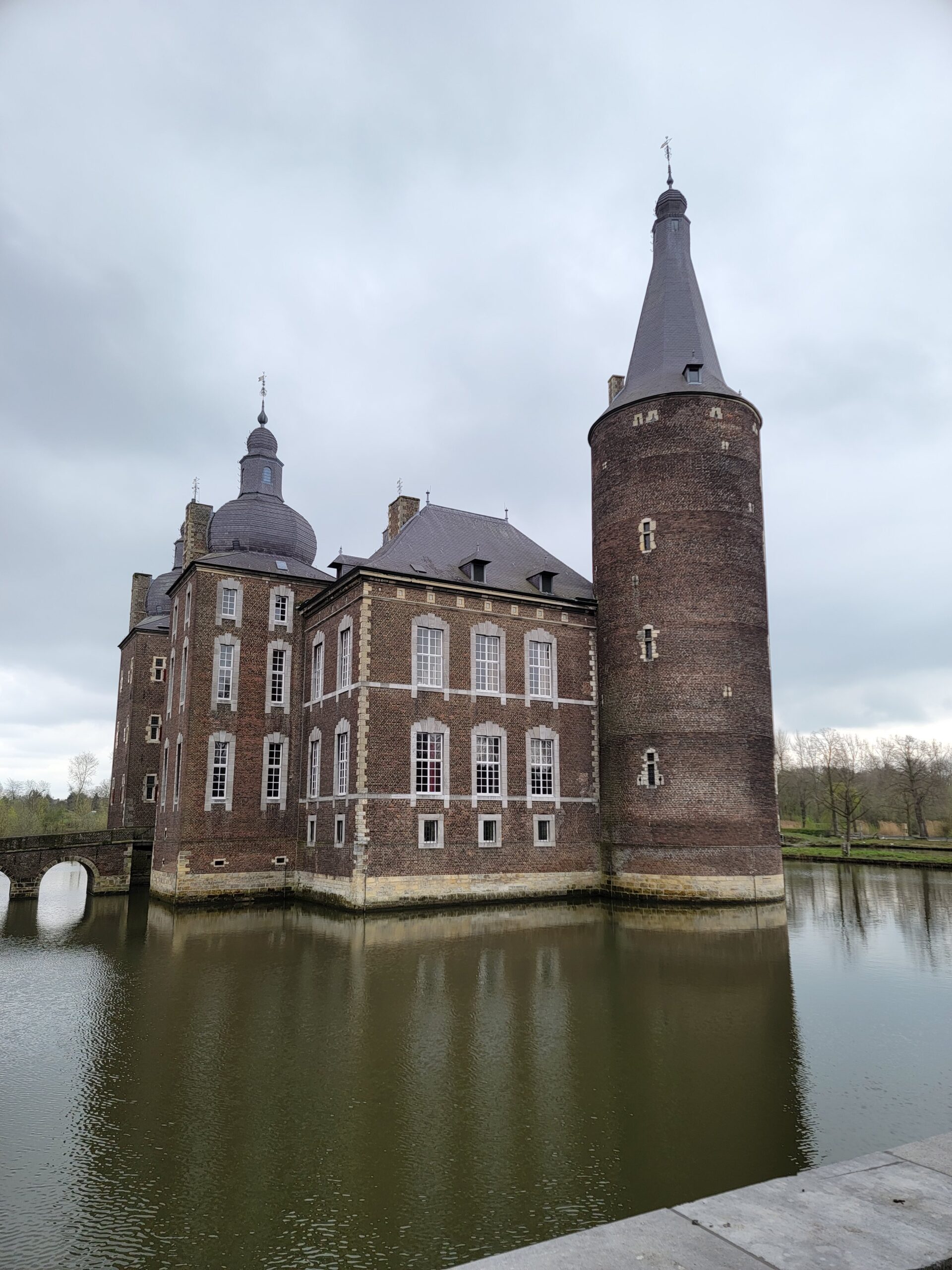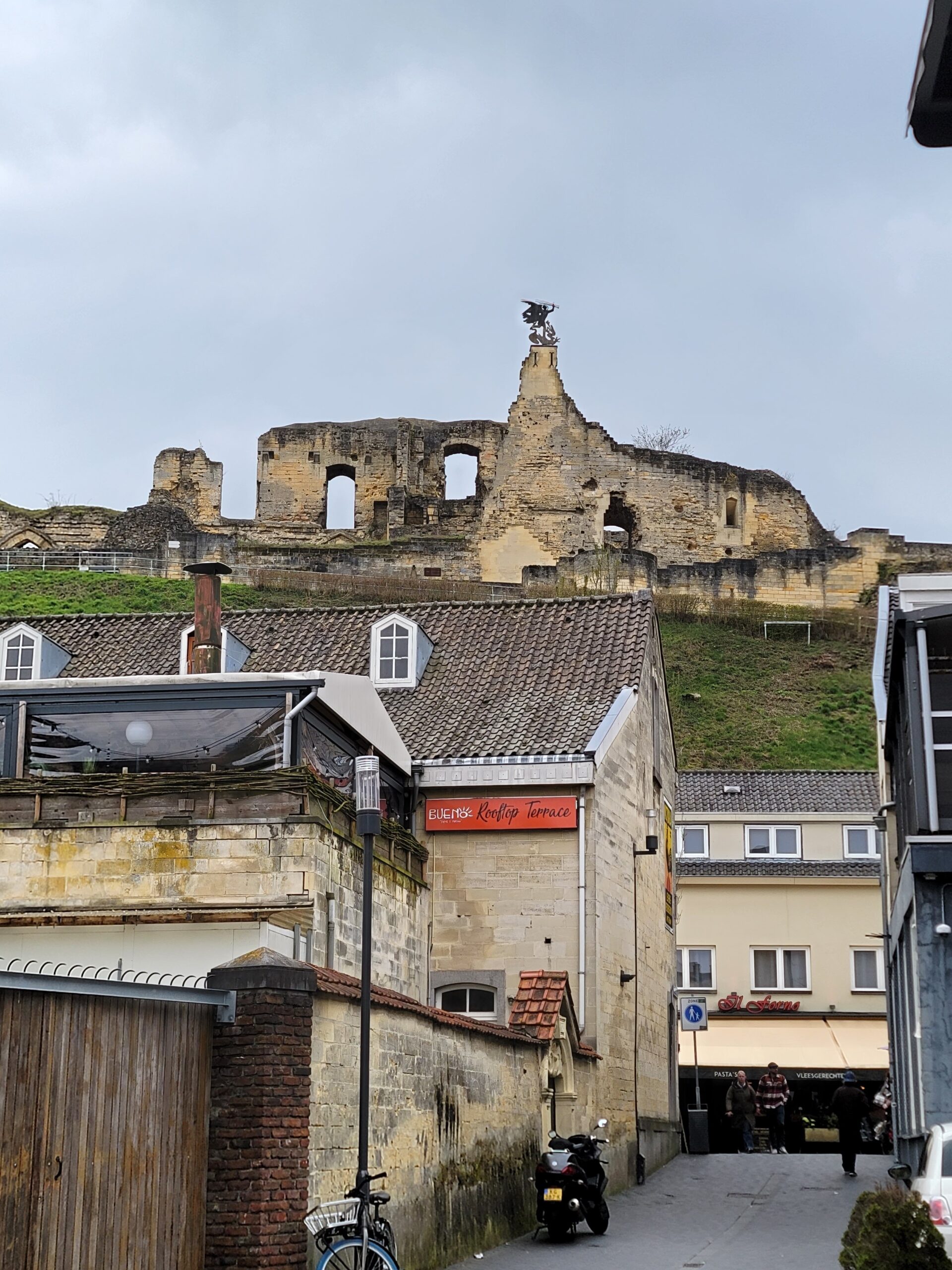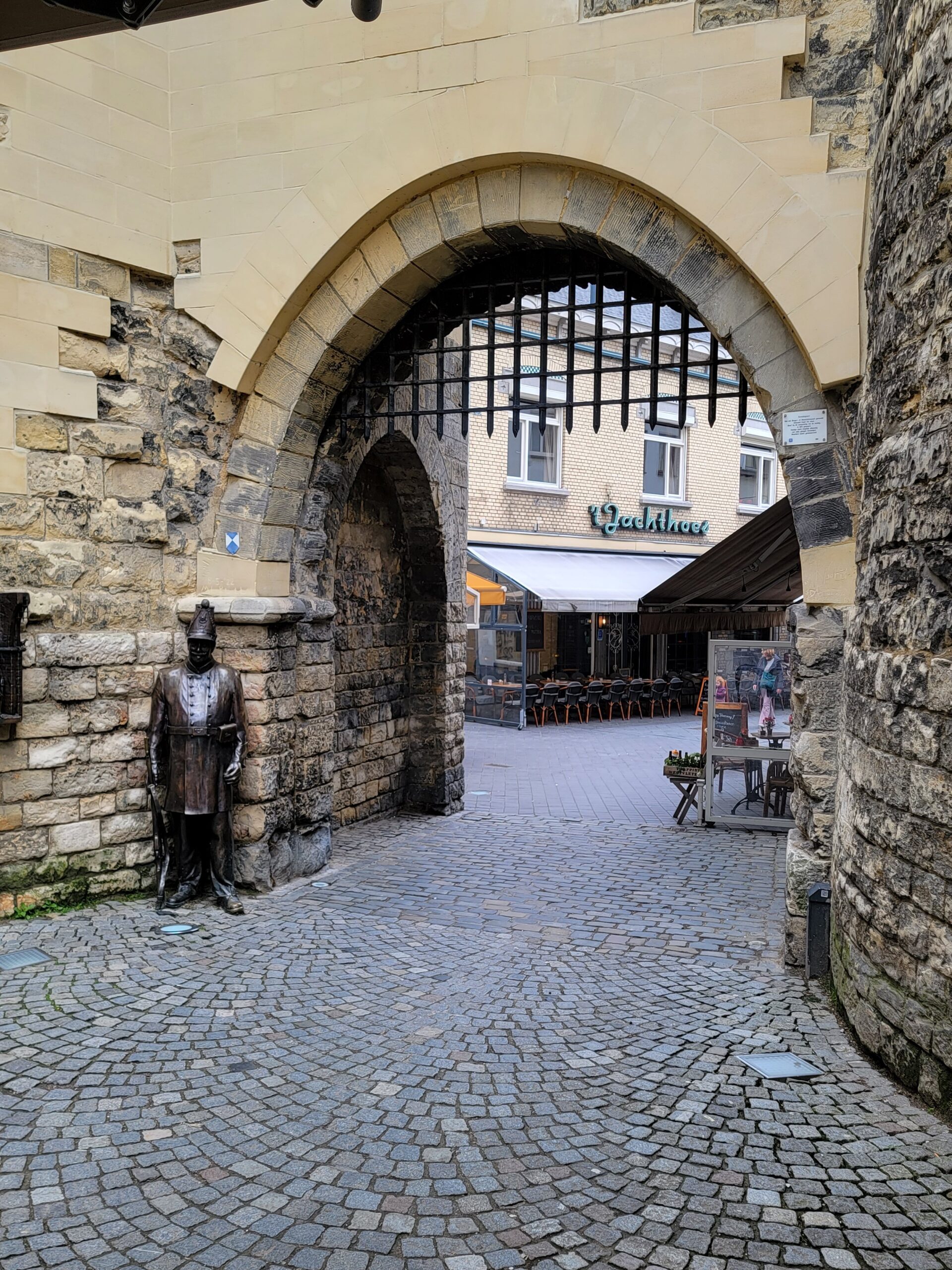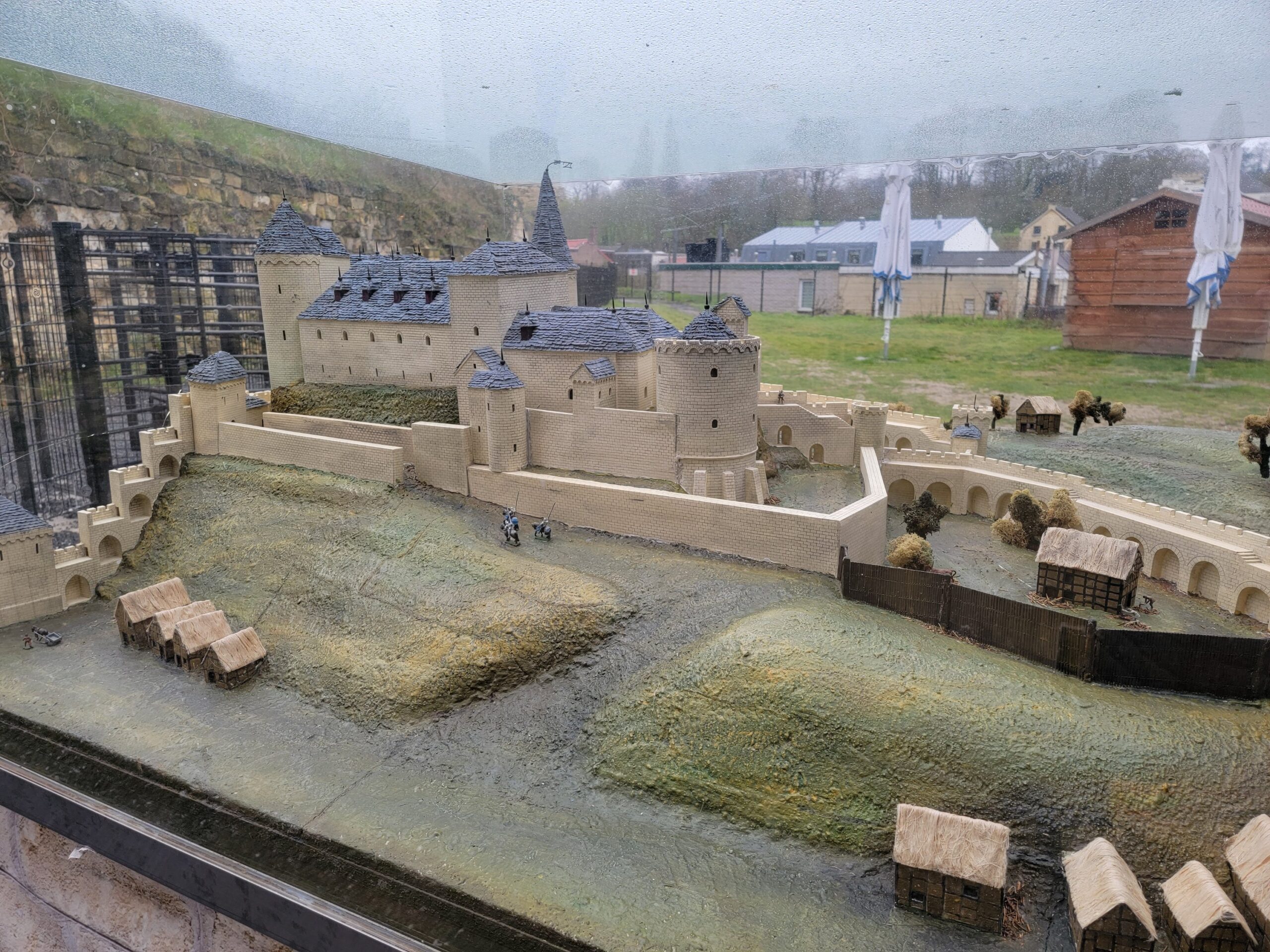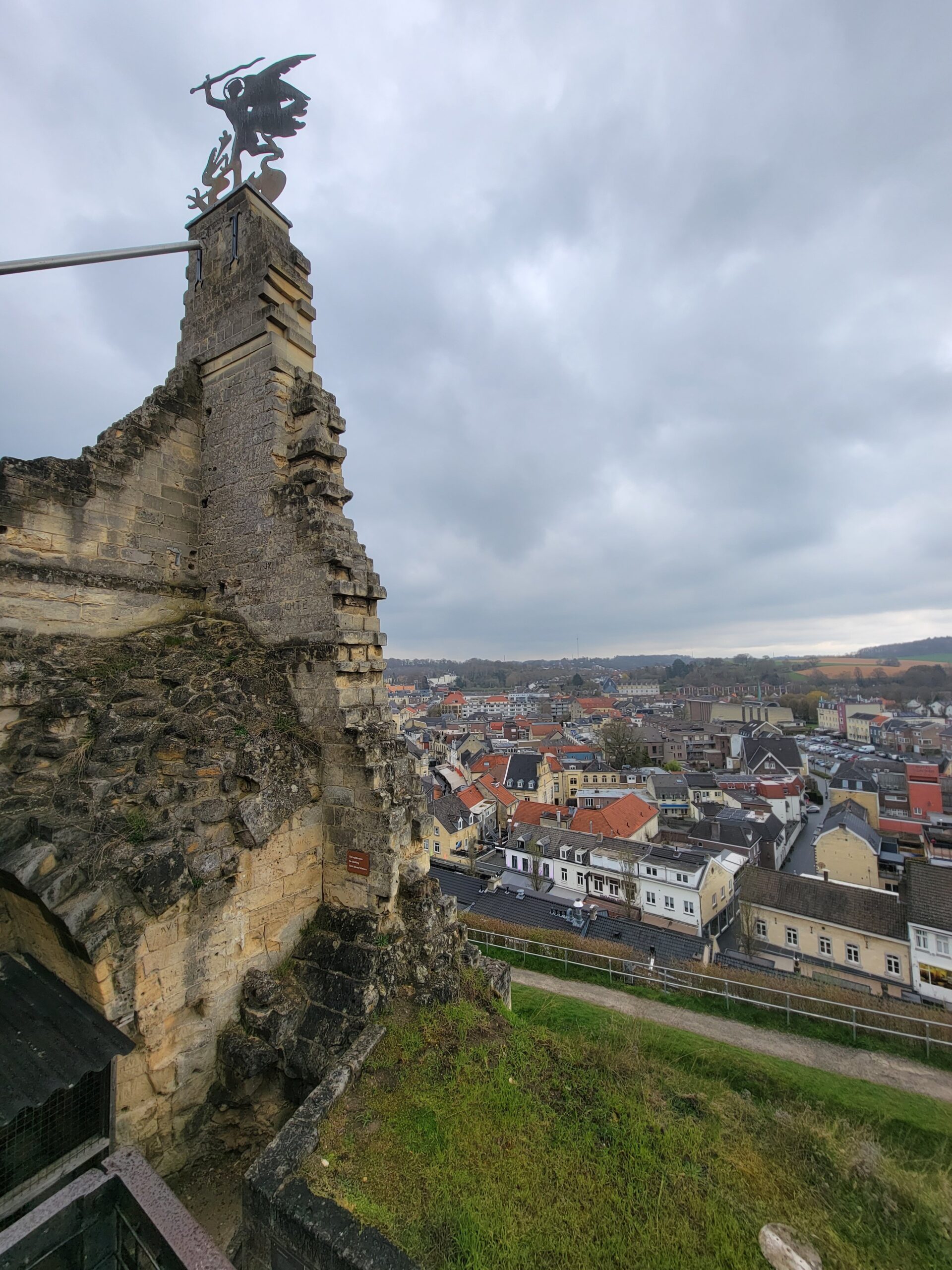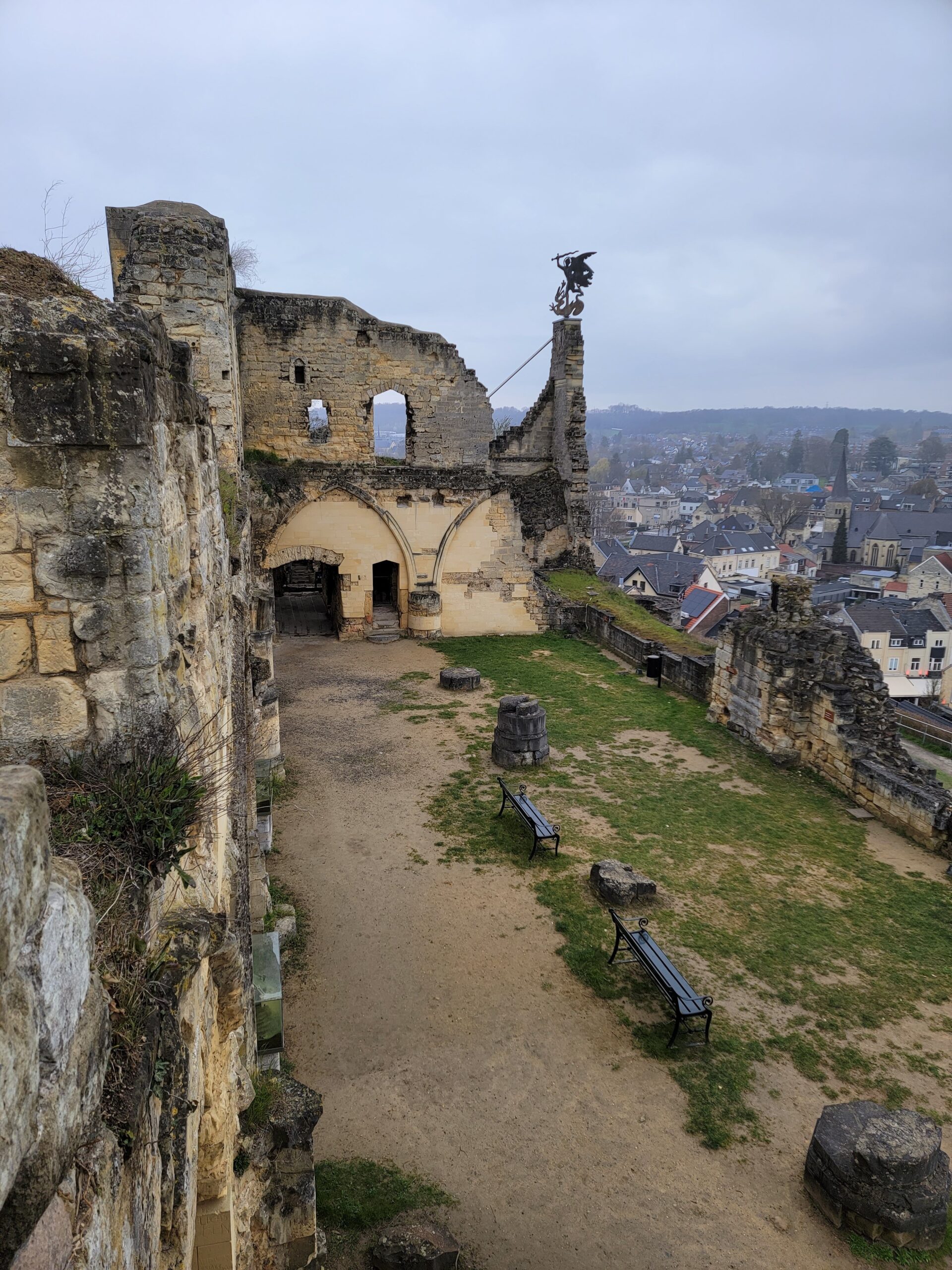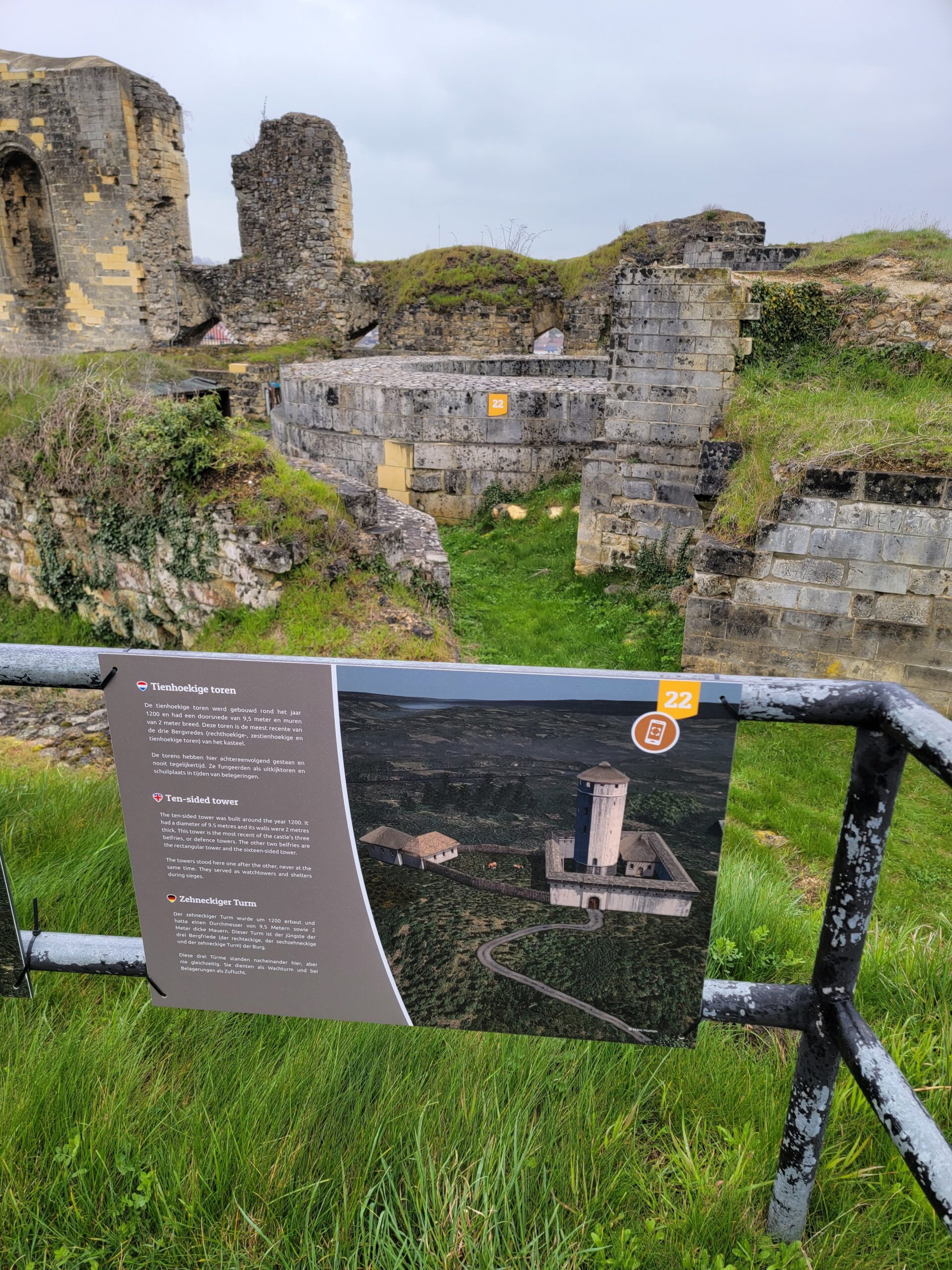On our drive from Maastricht to Otterlo we stopped at the Overloon War Museum. Their motto is “War belongs in a museum”, and I couldn’t agree more.
The museum opened on May 25, 1946, making it one of the oldest WWII museums in Europe. You couldn’t get much older, so I don’t know which museum is vying for first place.
The museum is located on the site of the Battle of Overloon, a tank and infantry battle that occurred in September and October, 1944, in the aftermath of Operation Market Garden. The museum is huge, and has an incredible number of tanks, aircraft and various weapons displayed throughout. They even have the Netherlands very own bicycle defense force on display! Surprised they couldn’t hold the Nazi’s off longer with some of these babies.
This is one of only a few dozen copies of Mein Kampf that was made for Nazi leaders and gifted to them by Adolf Hitler.
At the start of the Nazi invasion, the royal family was in The Hague. A crashed German plane had details of a plan to capture the Dutch cabinet and the Royal Family. Two days later they decided to flee to England. The vehicle below is the actual transport that took Queen Wilhelmina to a waiting boat.
This typewriter has a specific key that can type the “SS” insignia, seen on the number 5 key. Click on the photo for a larger version that you can zoom in on if you want to see it.
They have several uniforms spread throughout the exhibit. Here is a Nazi SS uniform. Apparently many of the contents of the museum were collected from the battlefield.
The below is a uniform from a concentration camp victim. These were only given out at certain concentration camps and during only a portion of the time these camps were in existence. Most Jews/Sinti/Roma had to wear whatever they could find in the camp, usually the clothes of somebody who had recently been murdered.
This guy, Anton Mussert, was quite the piece of shit. He was the leader of the Dutch National Socialist Movement, a Dutch fascist organization that supported the Axis powers. He basically sold out the Dutch people during WWII, doing nothing to prevent the “hunger winter” of 1944/45, when 18,000 people died of starvation.
He actually met with Hitler several times, hoping to retain a level of power in the Netherlands. After the war he was arrested and charged with high treason. He begged Queen Wilhelmina for clemency, but she didn’t mess around, so he was executed by firing squad at The Hague in May 1946, at the same spot so many Dutch citizens had been killed by the Nazi’s. Payback is indeed a bitch!
They had a pretty good video inside that was basically a message that “war is bad”. At least it had some English subtitles. As for the museum overall, the English version of the app they have for your phone is filled with bugs and doesn’t work well at all. It turned out to be much easier to use Google Translate with my phone on each Dutch sign we saw.
There were several video screens not working and the WIFI is spotty throughout. There was a later video that depicted the events of Operation Market Garden and it was very poorly made with poor quality video. It actually made the battle seem more confusing than it was, particularly after watching a video that depicted it so well at a later museum (Airborne Museum at Hartenstein). The depiction of life in the bomb shelters afterwards was also subpar, particularly if you speak English and want to know what they are saying. Anyways, at least one video was decent!
The below British Lancaster aircraft crashed in a 1945 in a swampy meadow in Bunsbeek, Belgium. It was on it’s way back from a bombing run when it was downed by German anti-aircraft fire. The plane then sank into the swamp, taking all 7 occupants with it. It was rediscovered in 2016, and all 2000 pieces of the plane were brought to Overloon to be put on display.
They laid out every part in it’s proper place on a diagram of the plane. It’s a pretty impressive sight.
The below is a German Biber (German for beaver), which is a one-person midget submarine equipped with a single torpedo. These were used in Western Europe in small harbors and rivers during WWII, but proved unreliable. Approximately 60-70% of the crew lost their lives during the missions.
Here is a German V1 Flying Bomb, basically an early version of a cruise missile. These were used to bomb London and other English cities. From June to October 1944, a total of 9,521 V1’s were launched on England from the French and Dutch coastlines, only stopping after the Allies overtook the launch positions.
After arriving in Otterlo, we made our way to a small bar for dinner. There we witnessed 11 year old Matheo devour more food than Kim and I put together! This kid could eat! Very precocious as well. His parents, Pablo and Maryam, are very lucky to have such a wonderful child. Nice to meet you guys!
Next up, we visit the De Hoge Veluwe National Park and the Kroller Muller museum, our favorite museum in The Netherlands.
